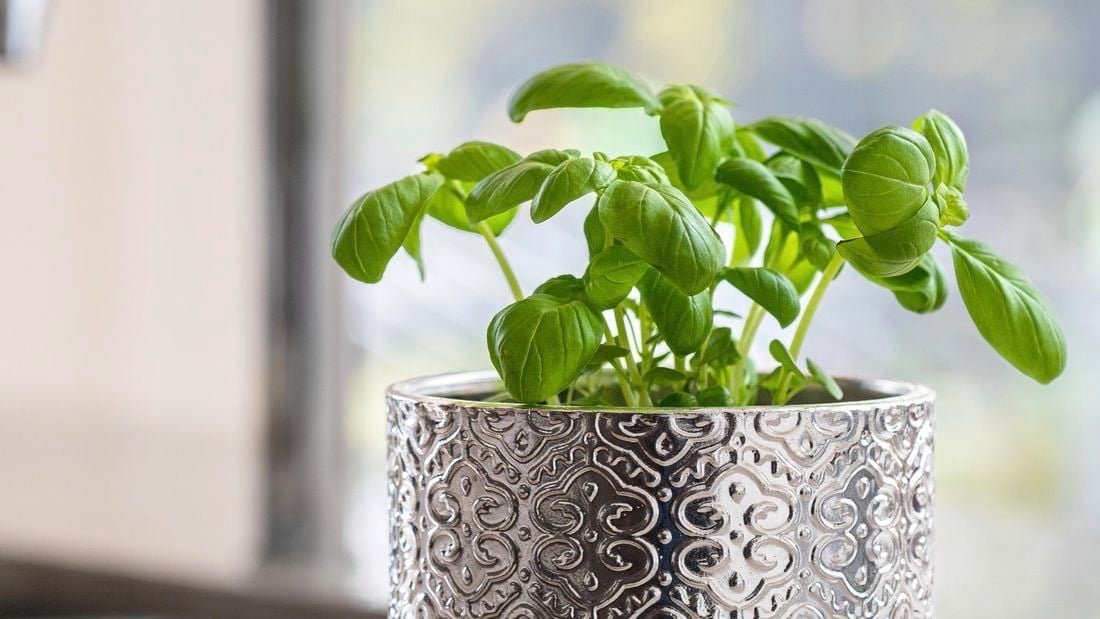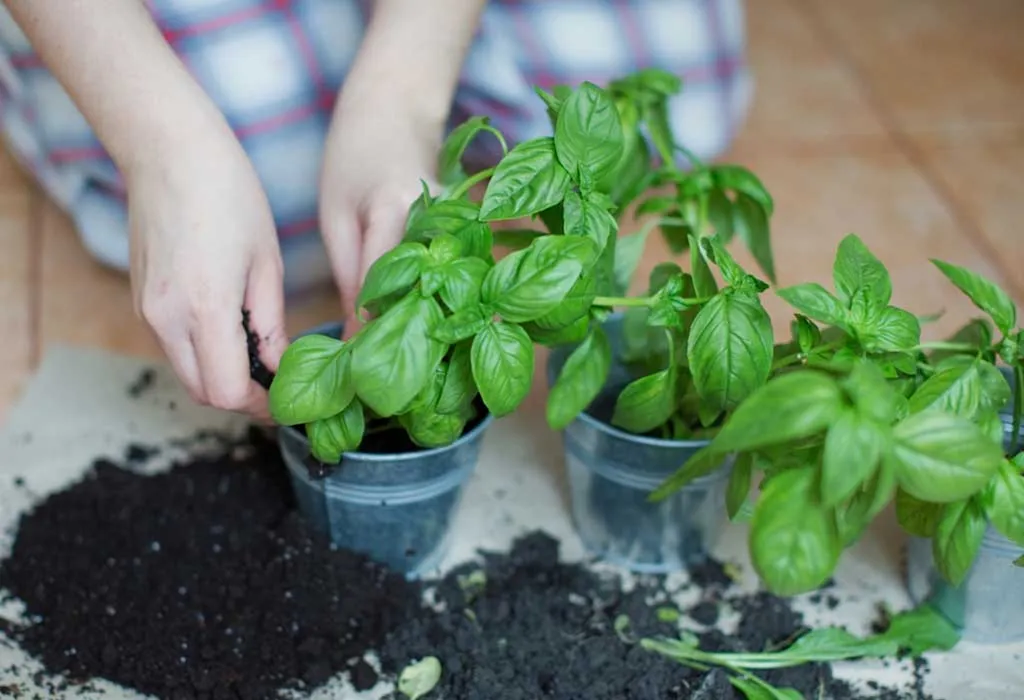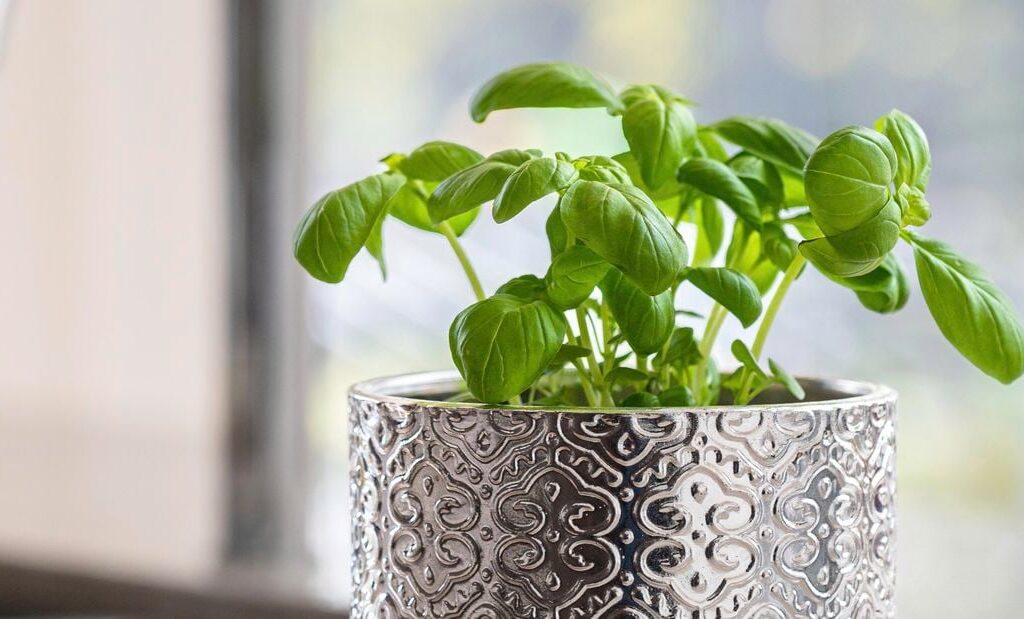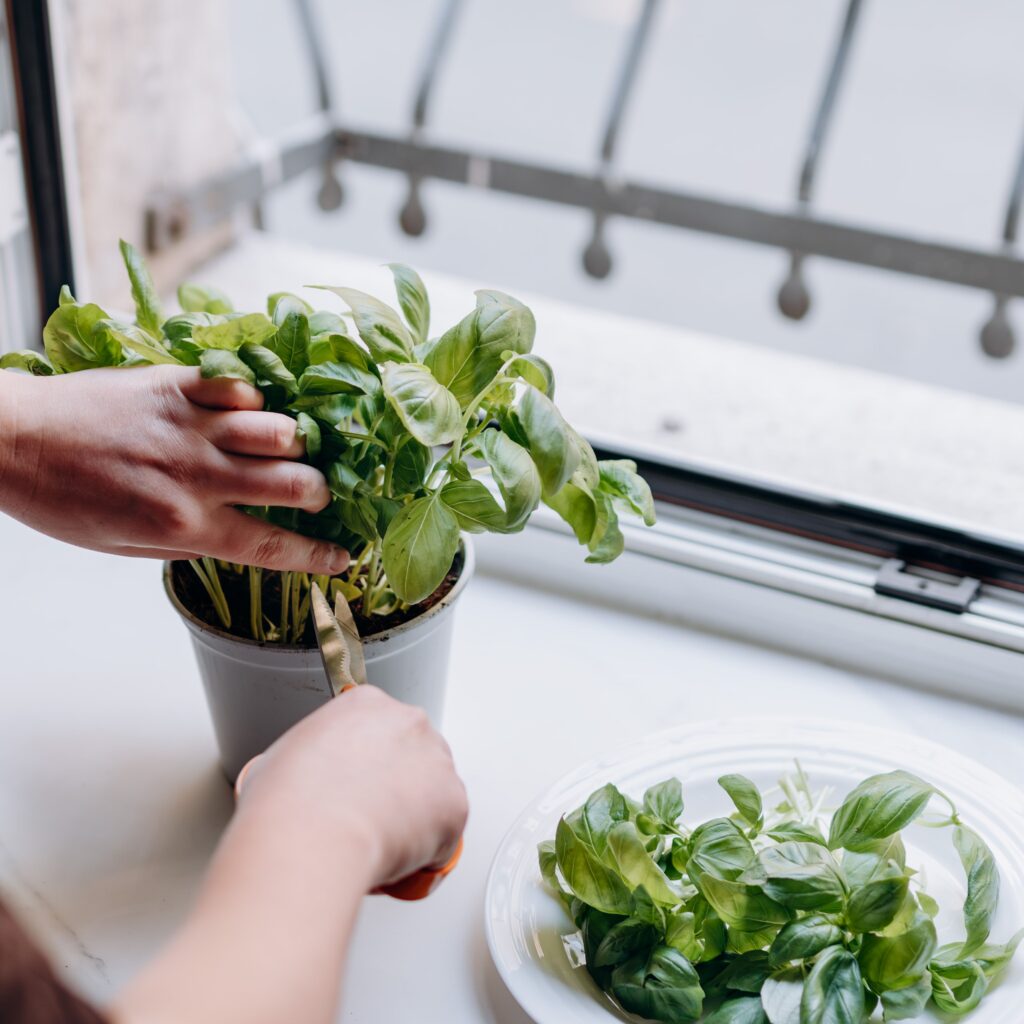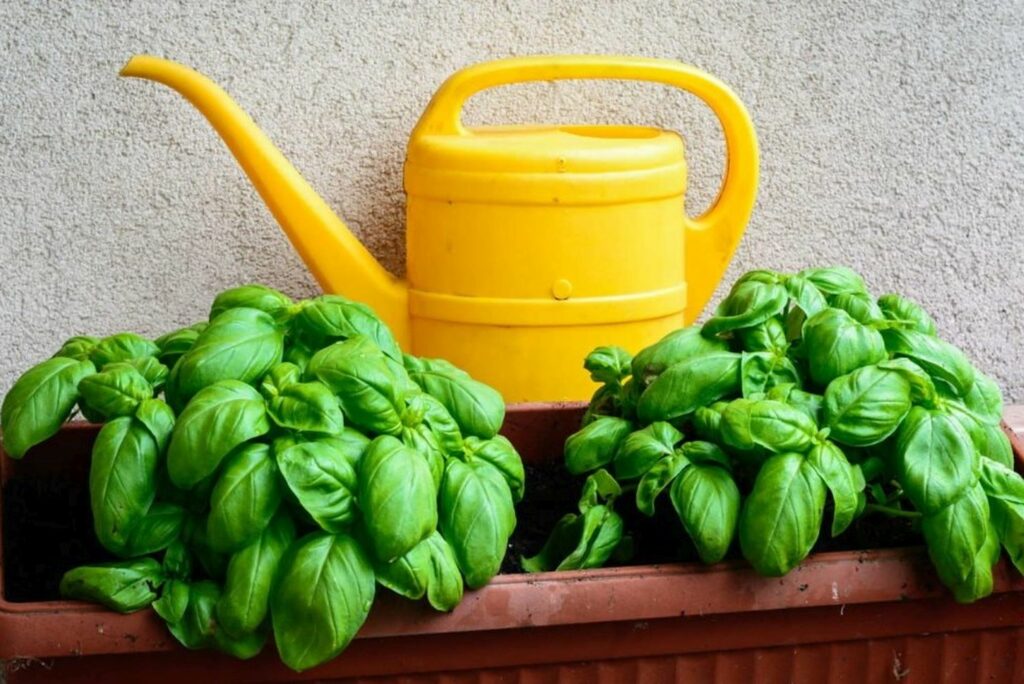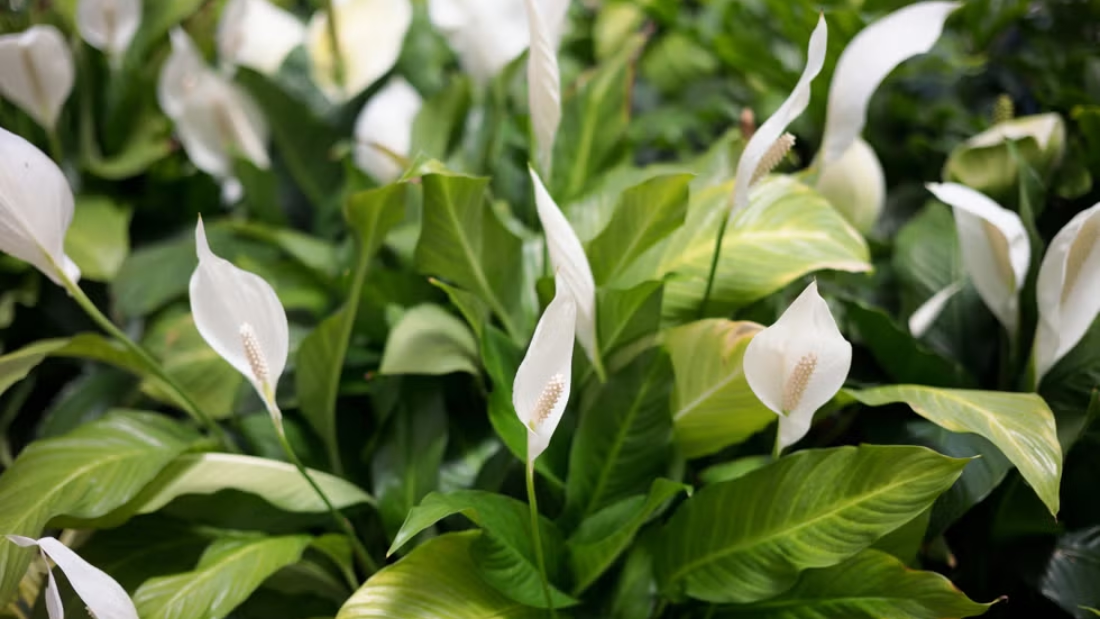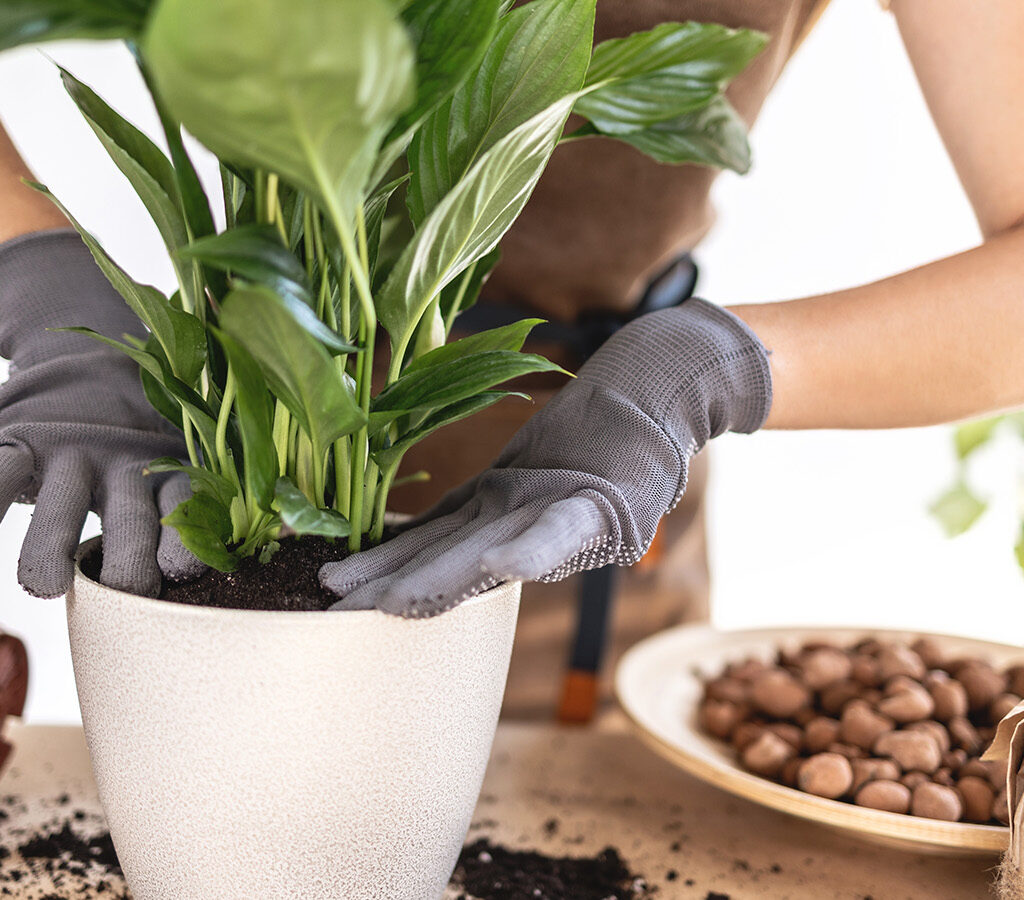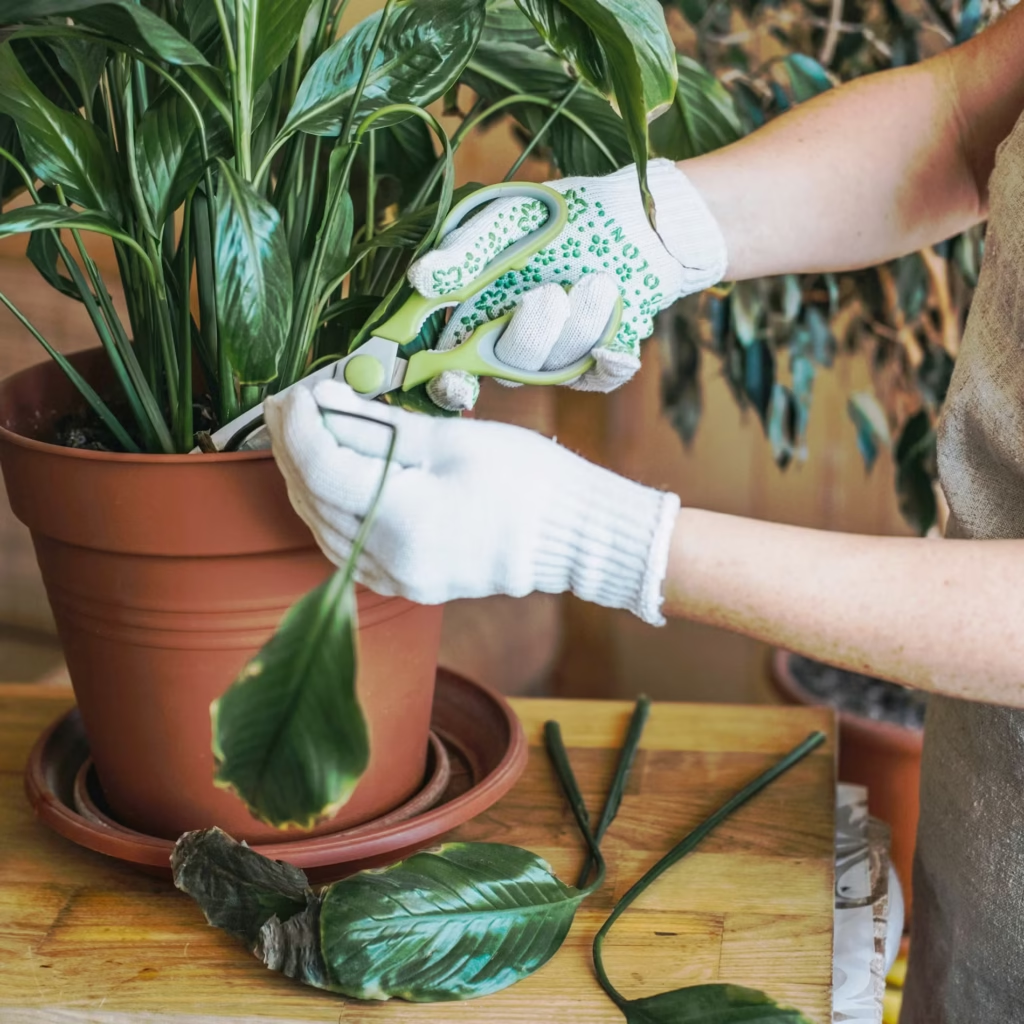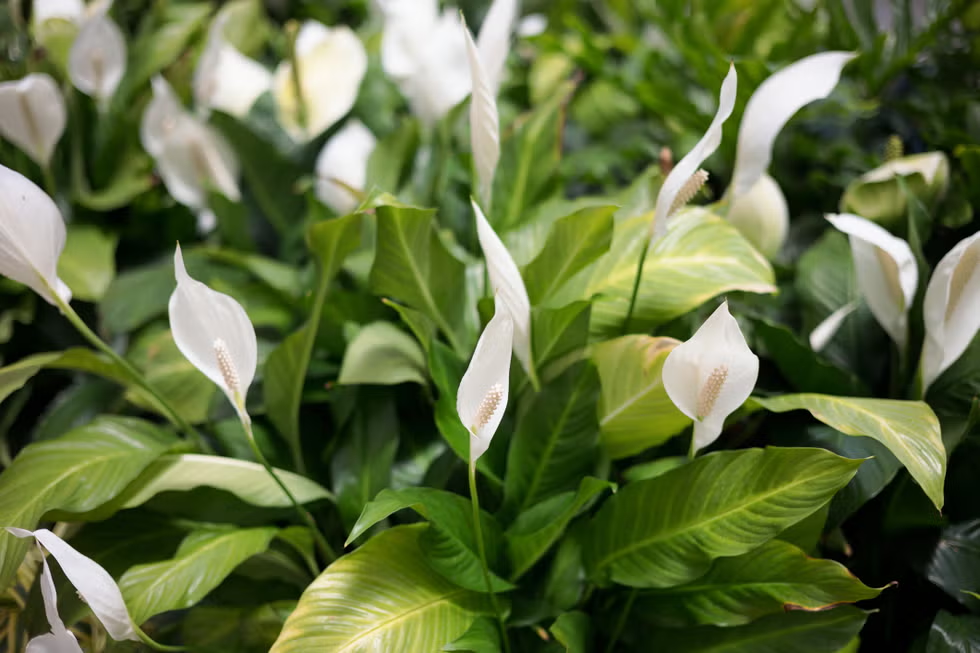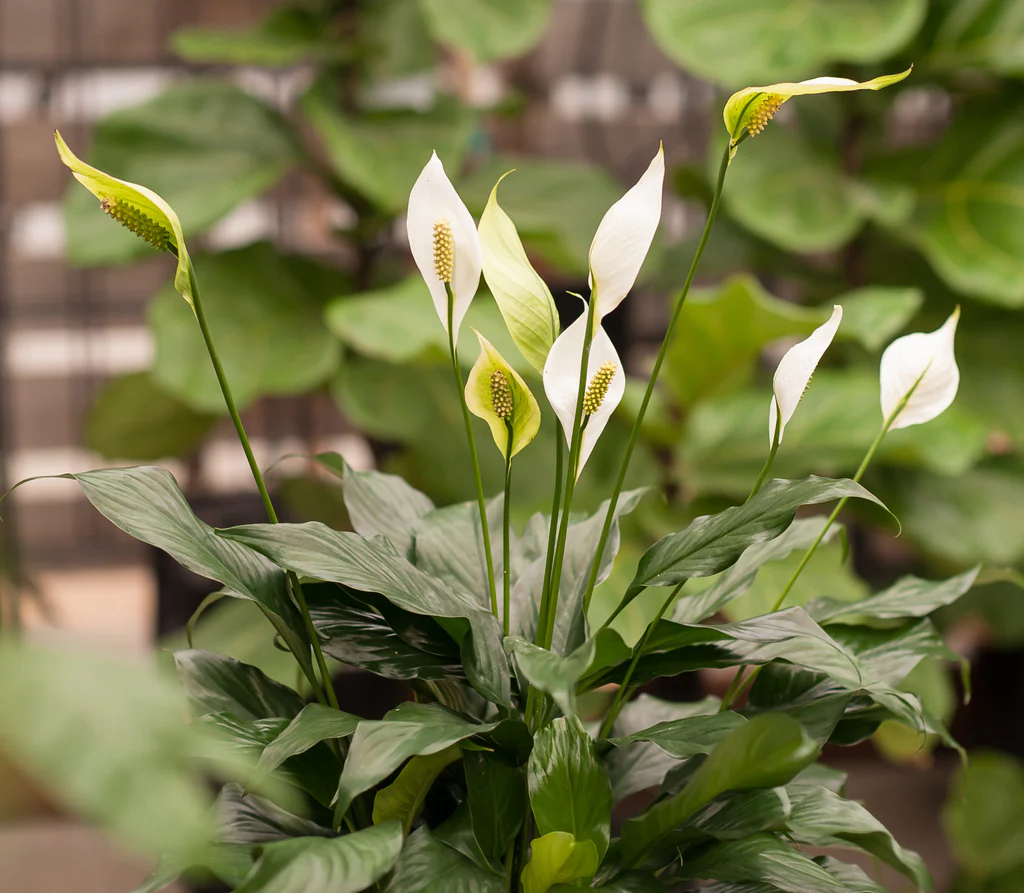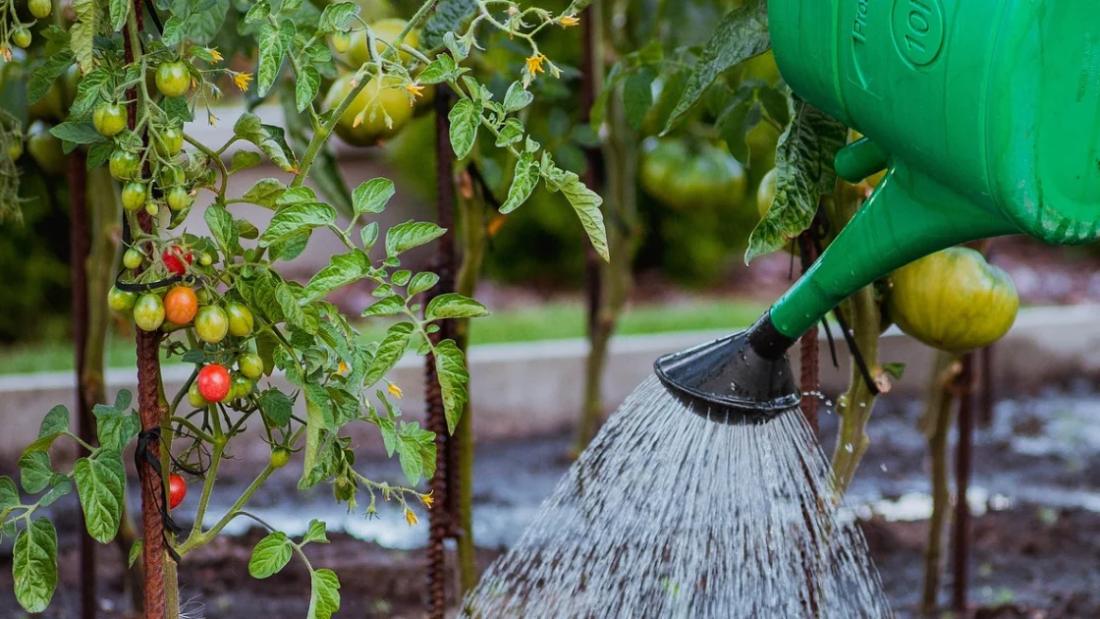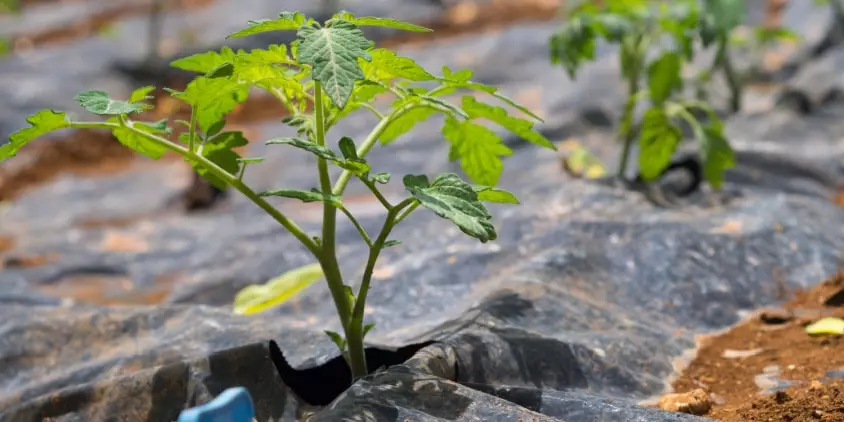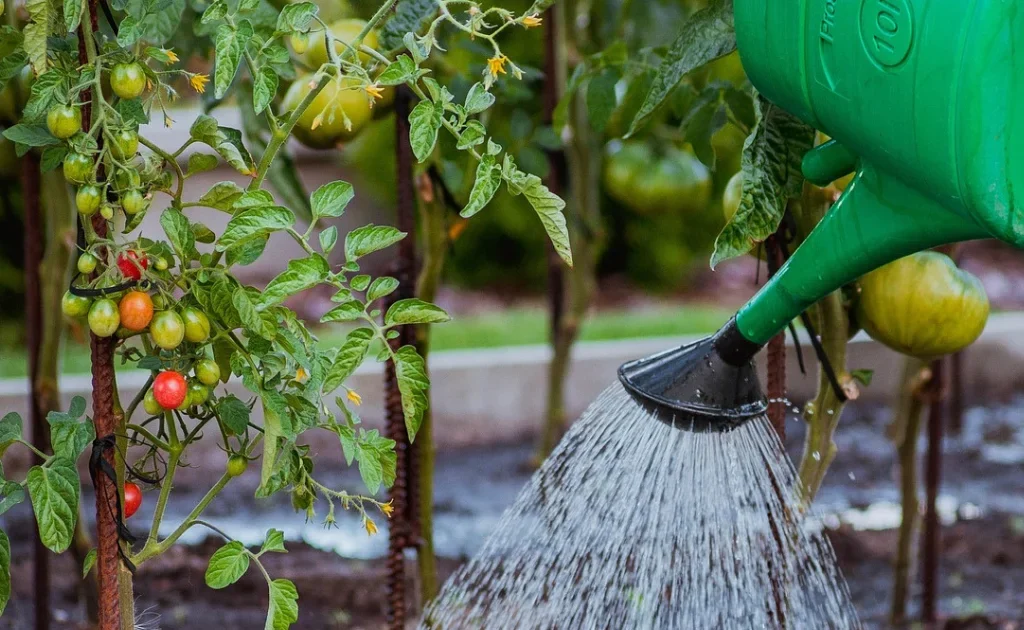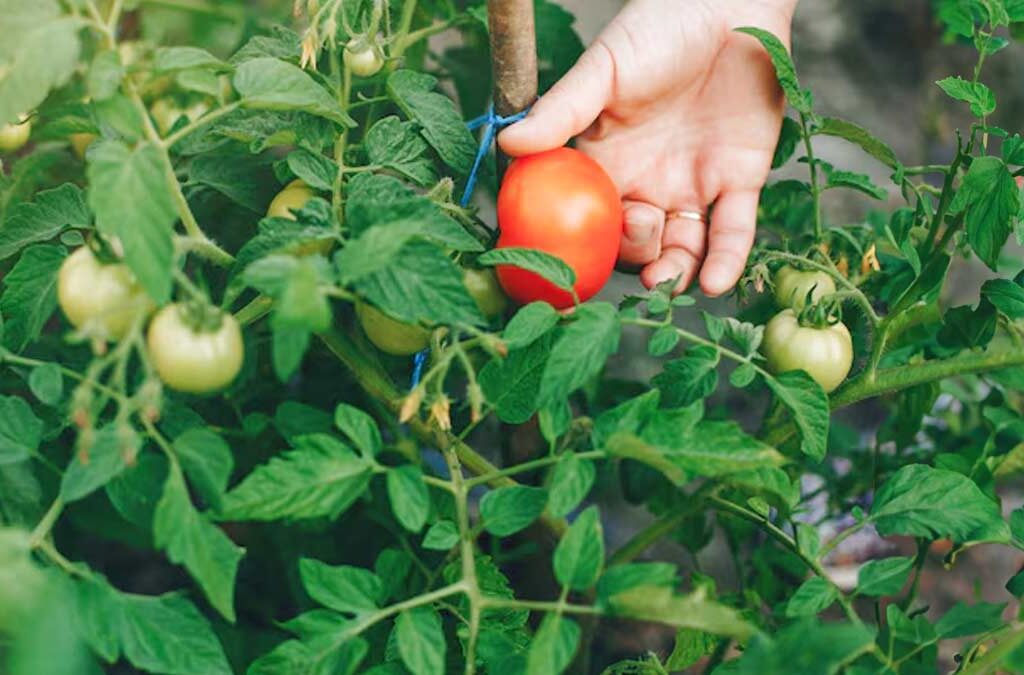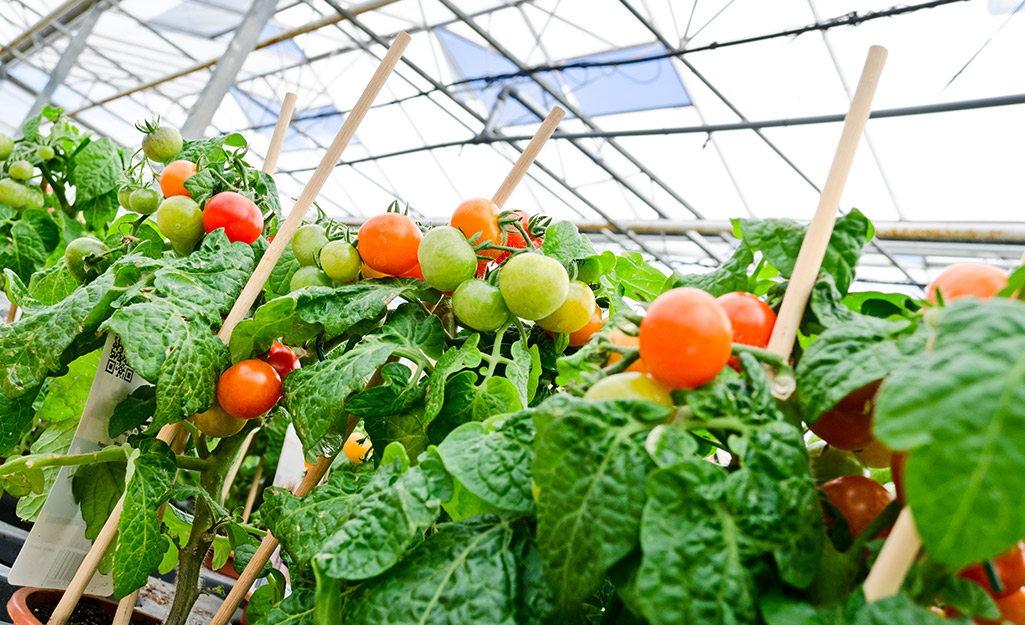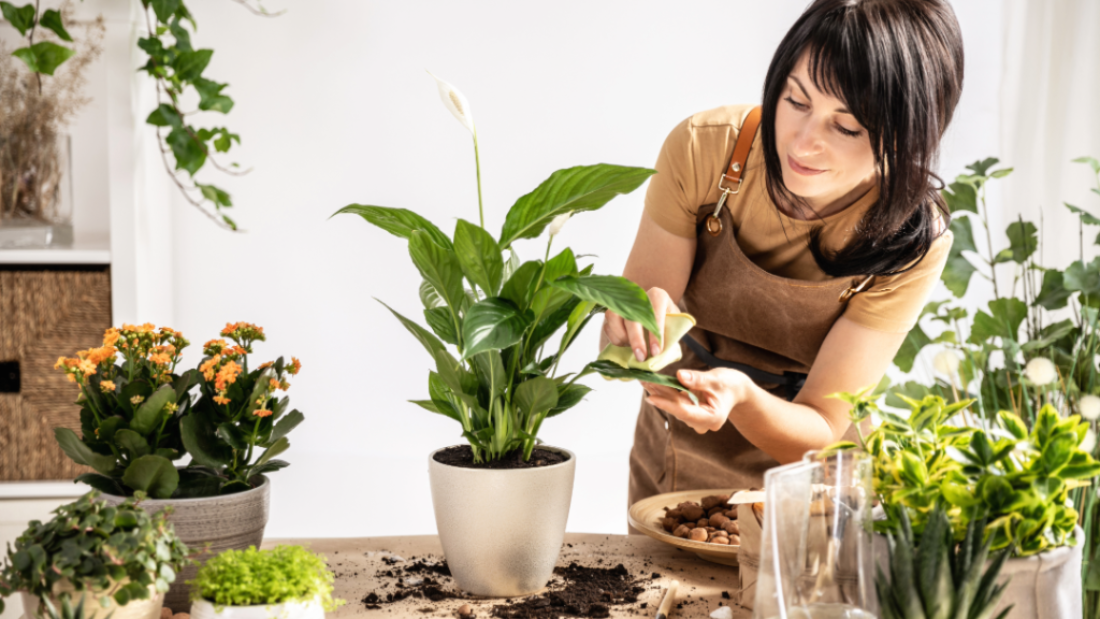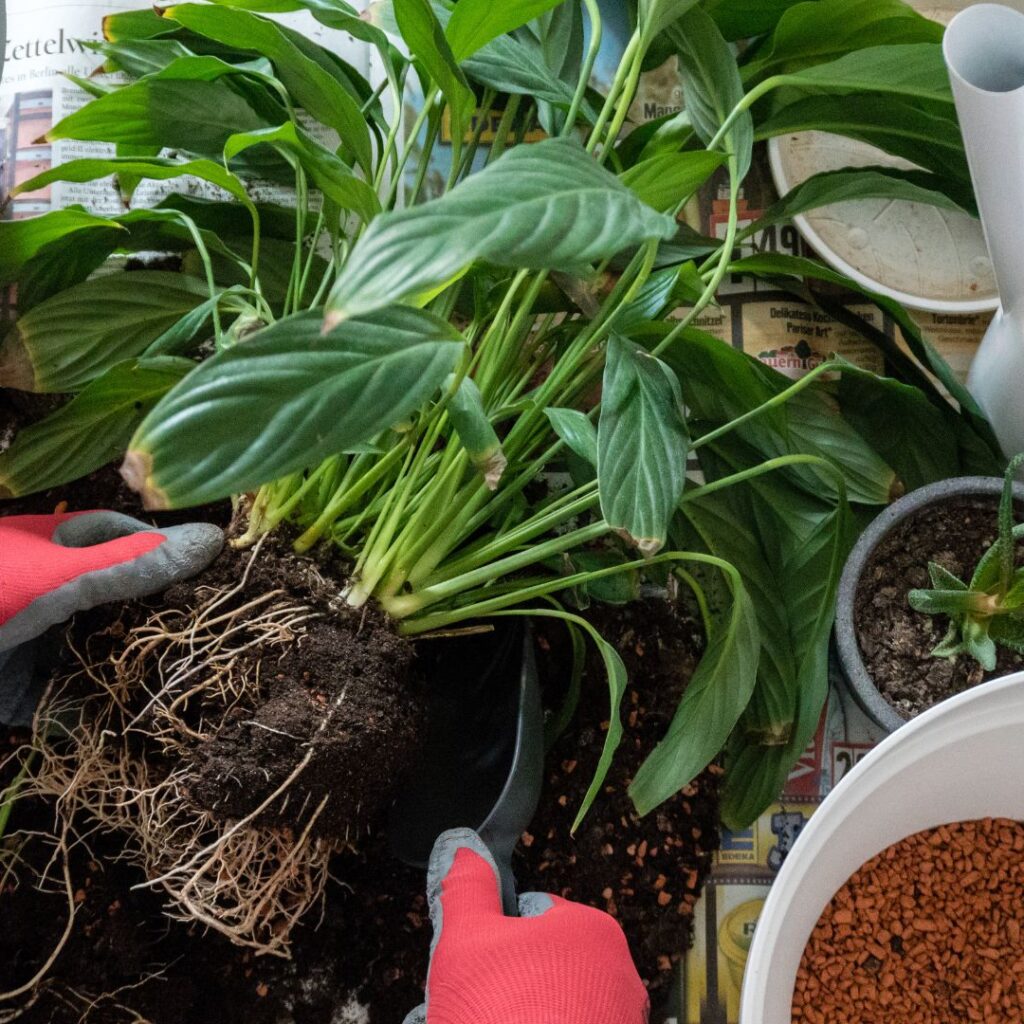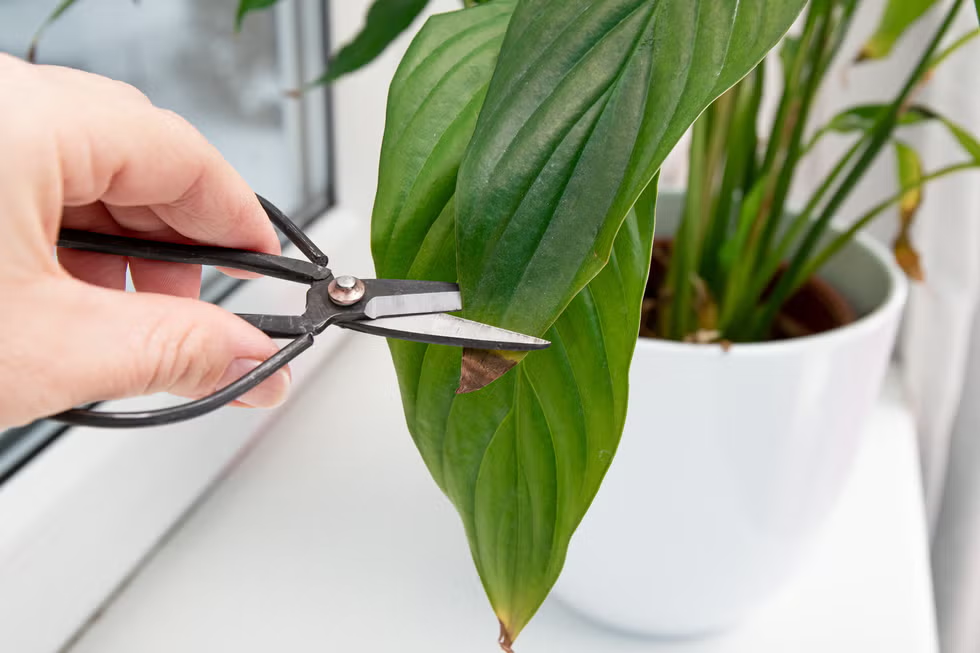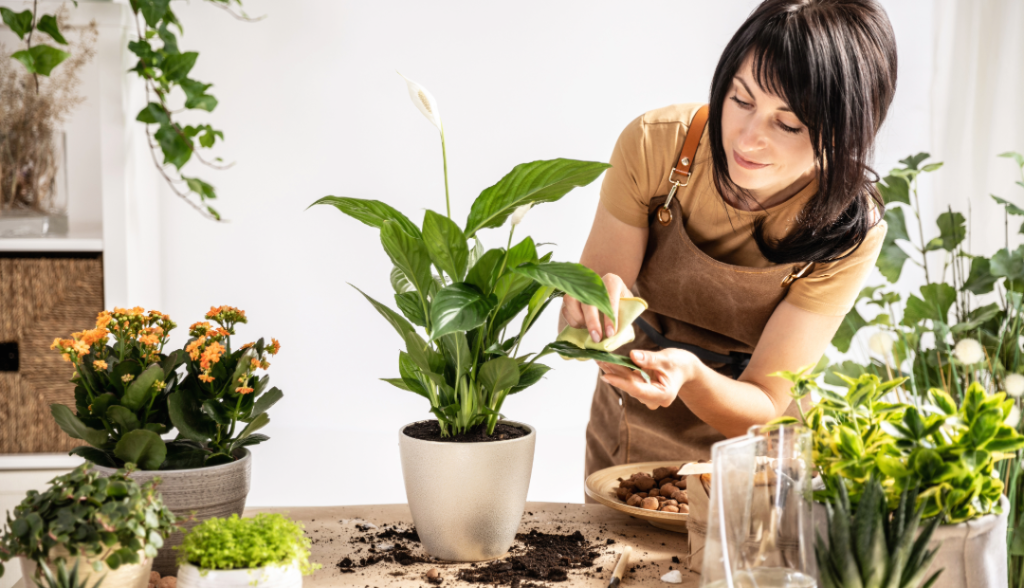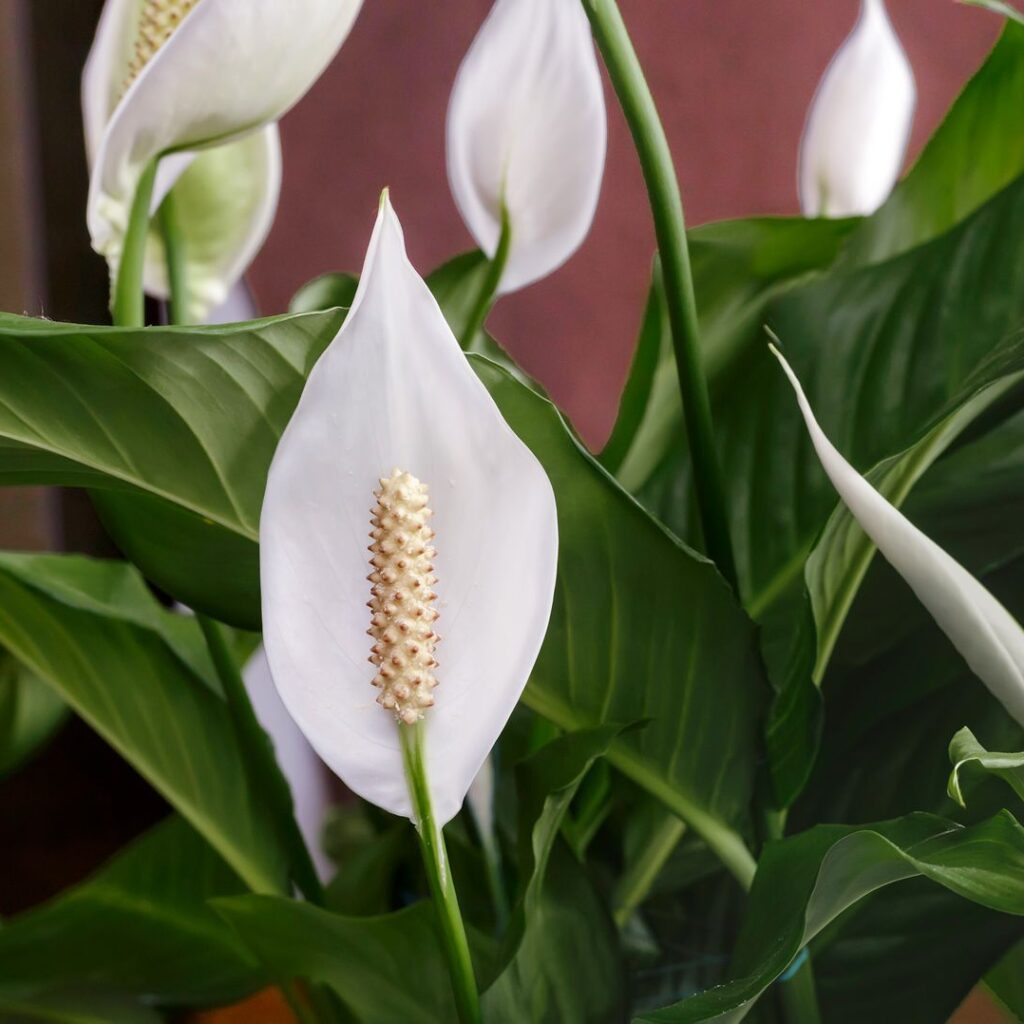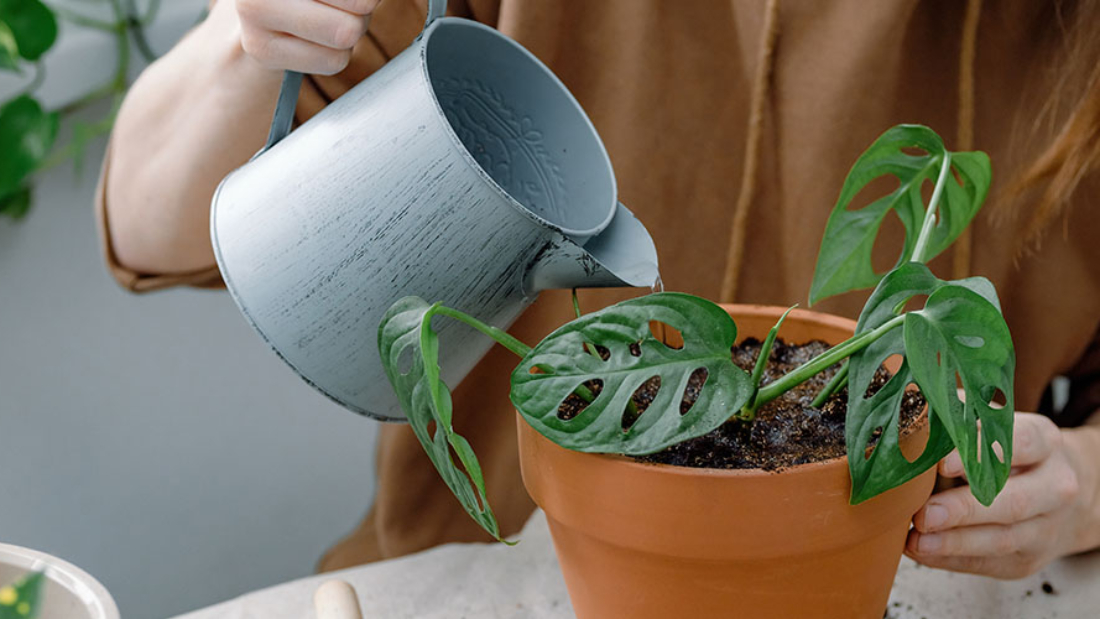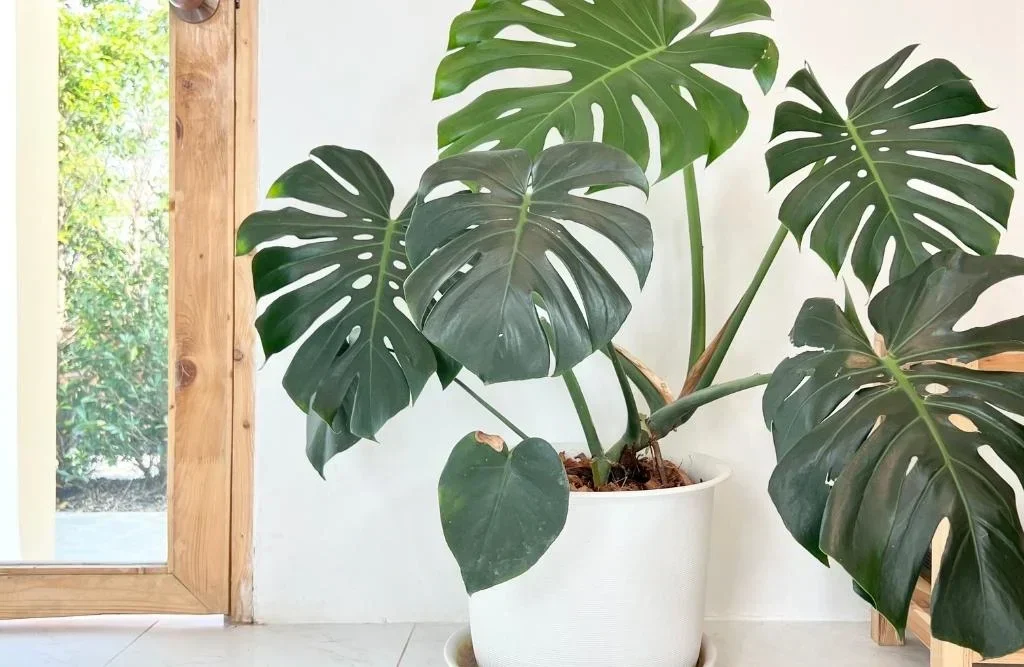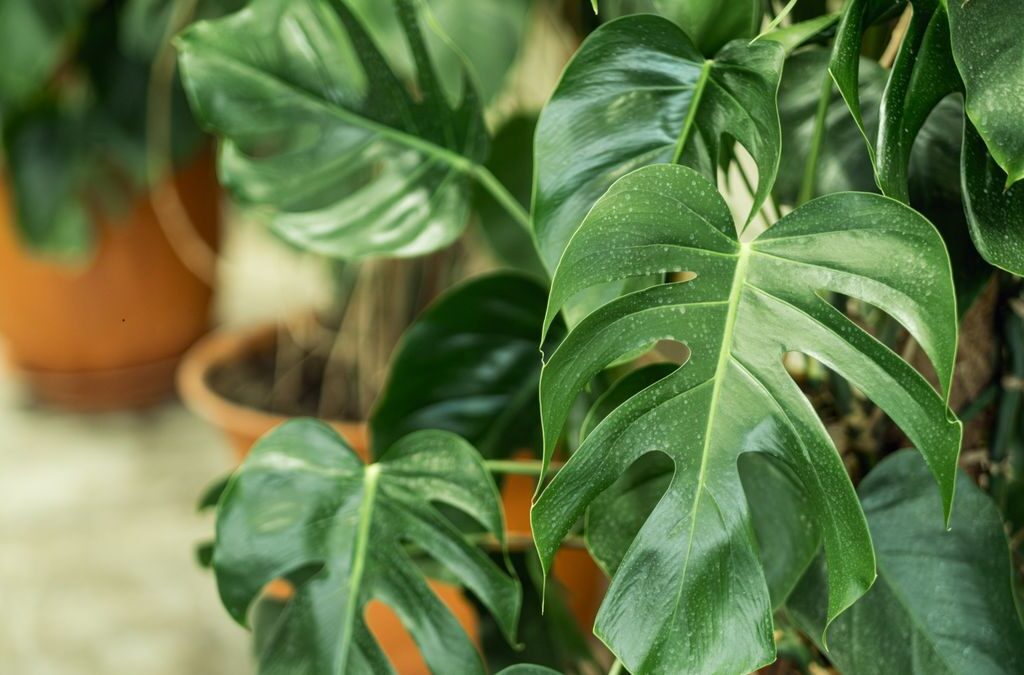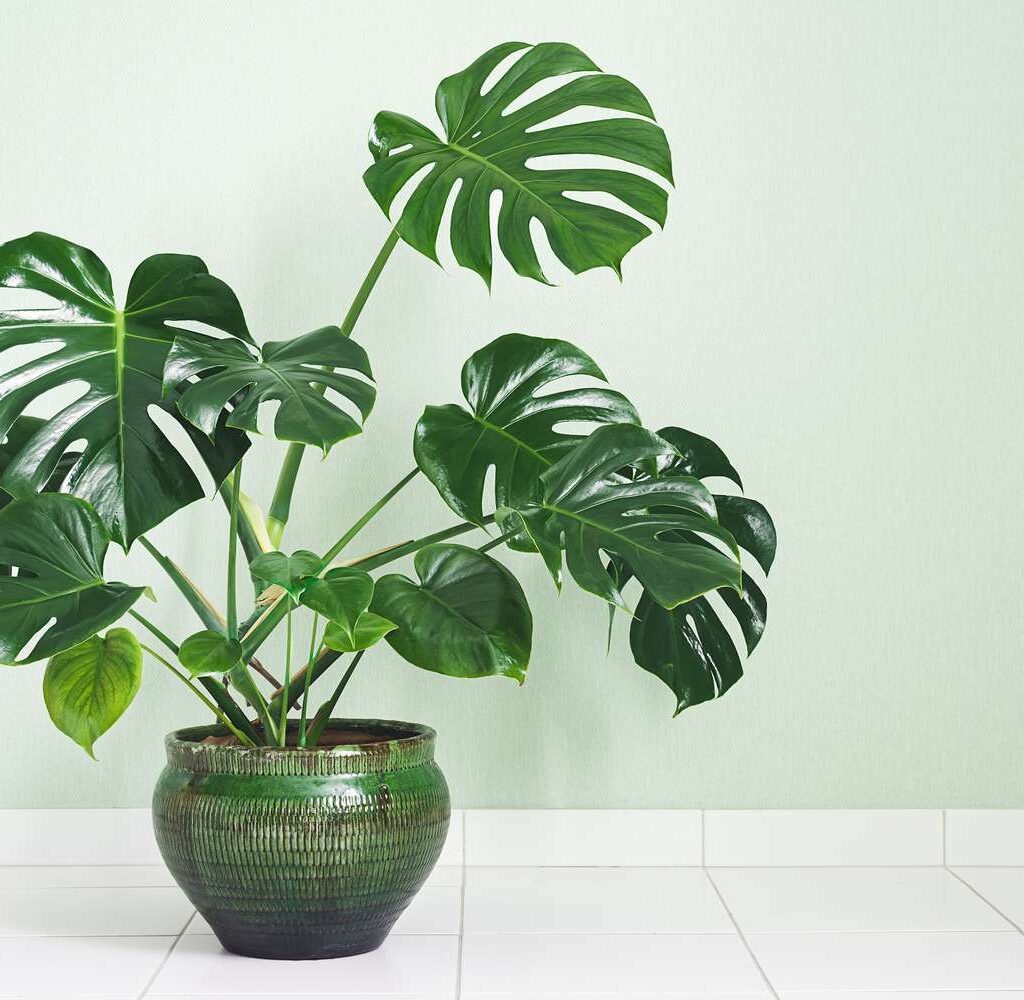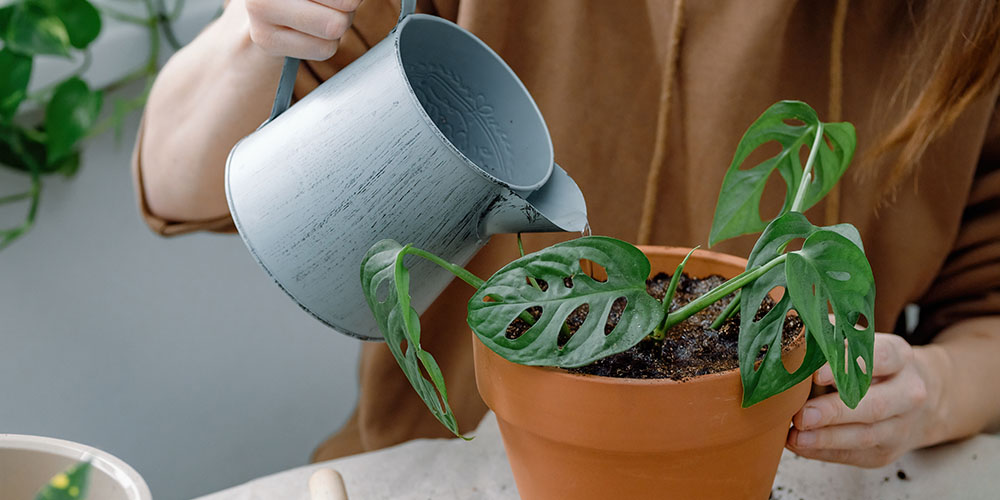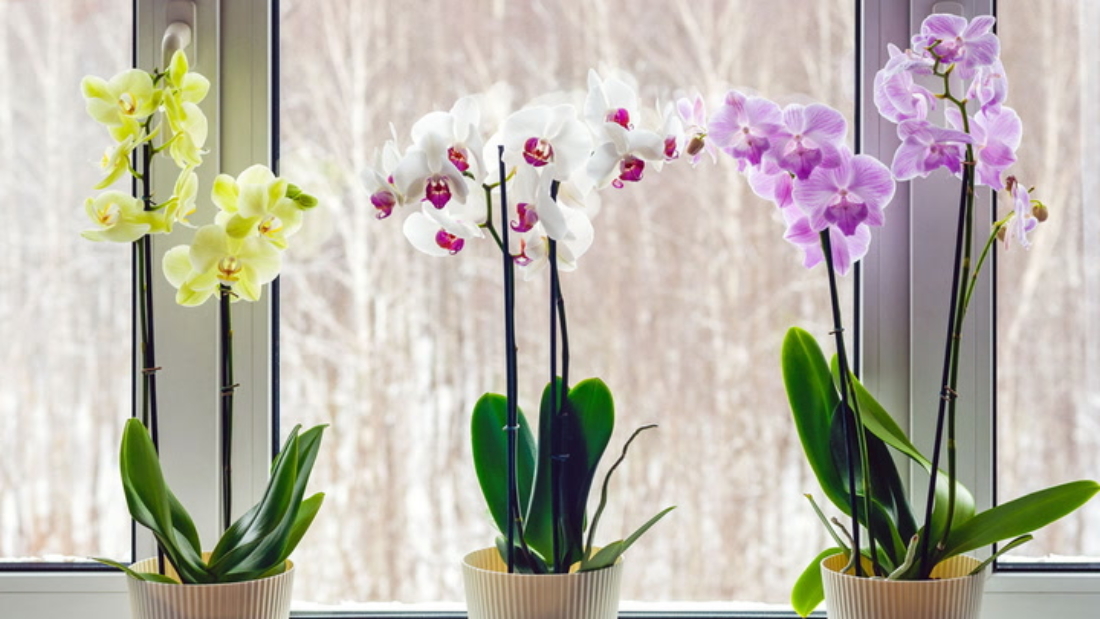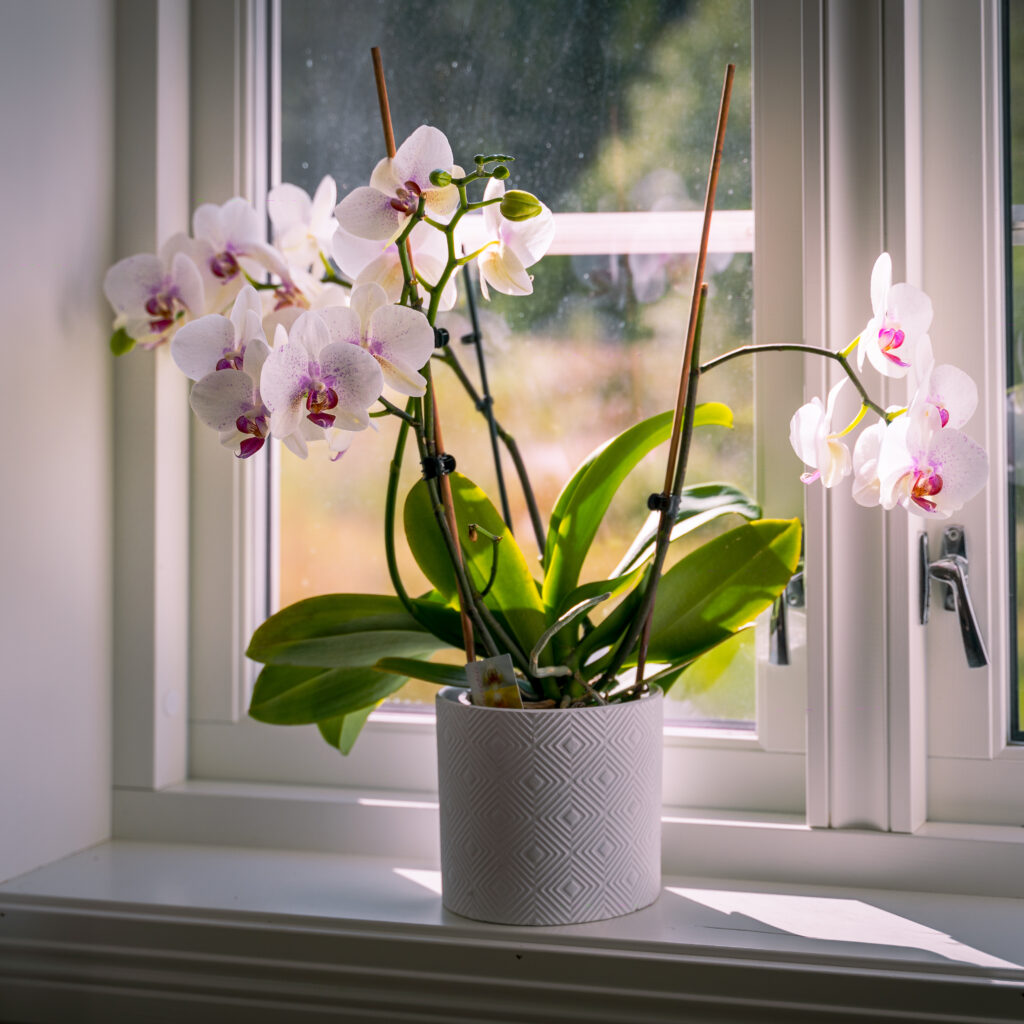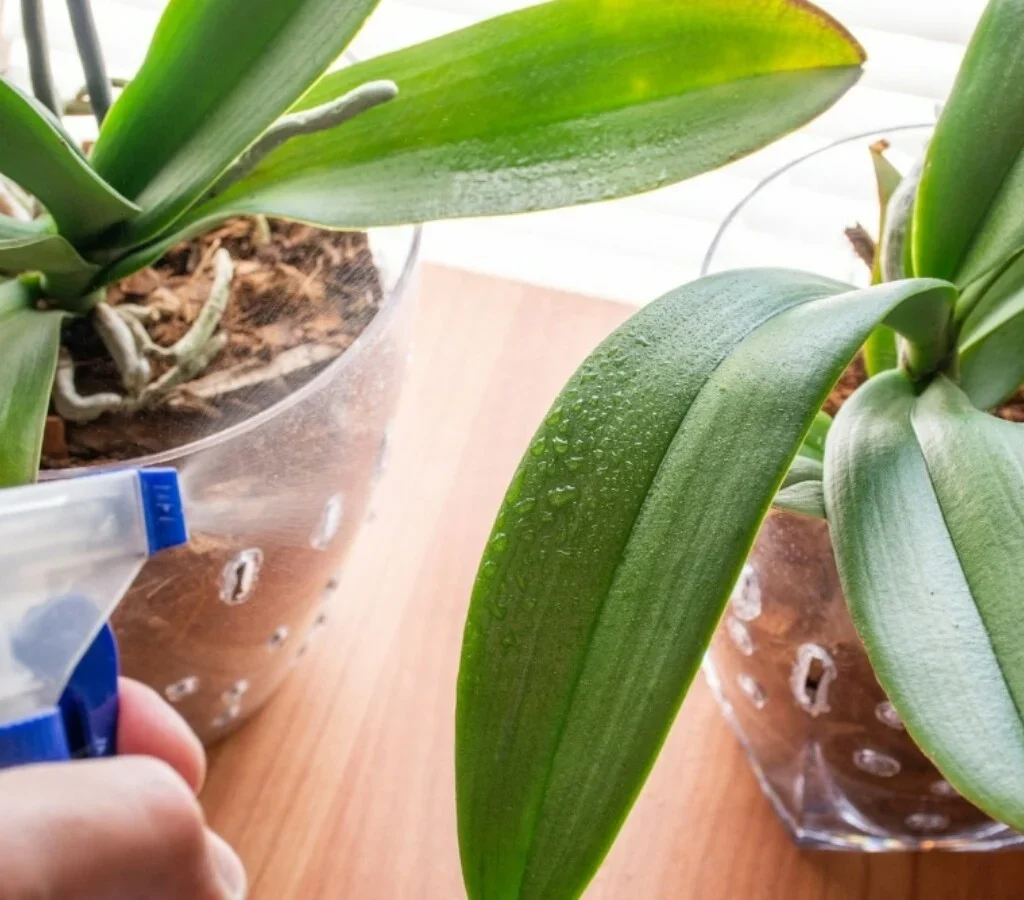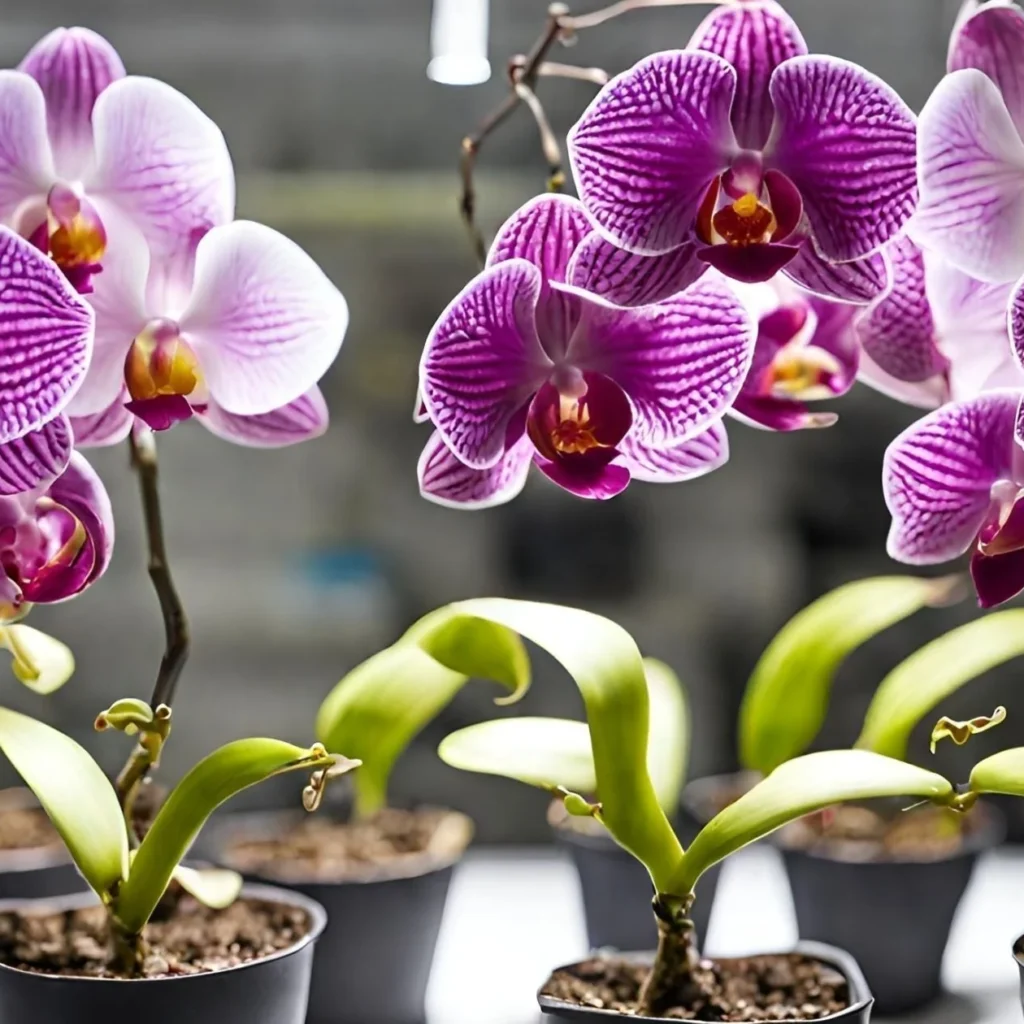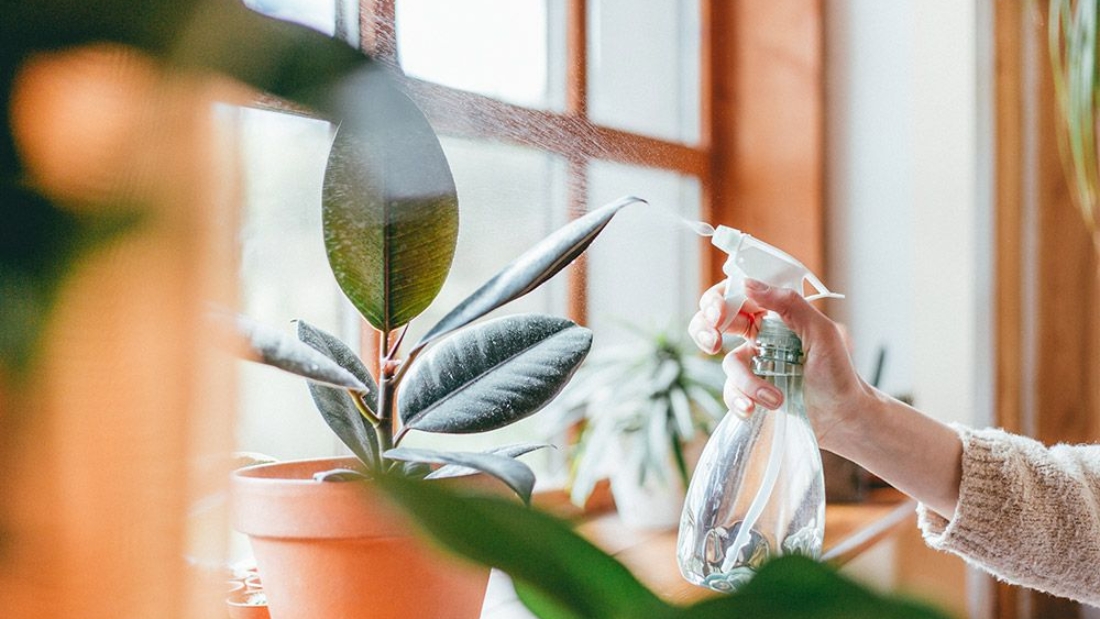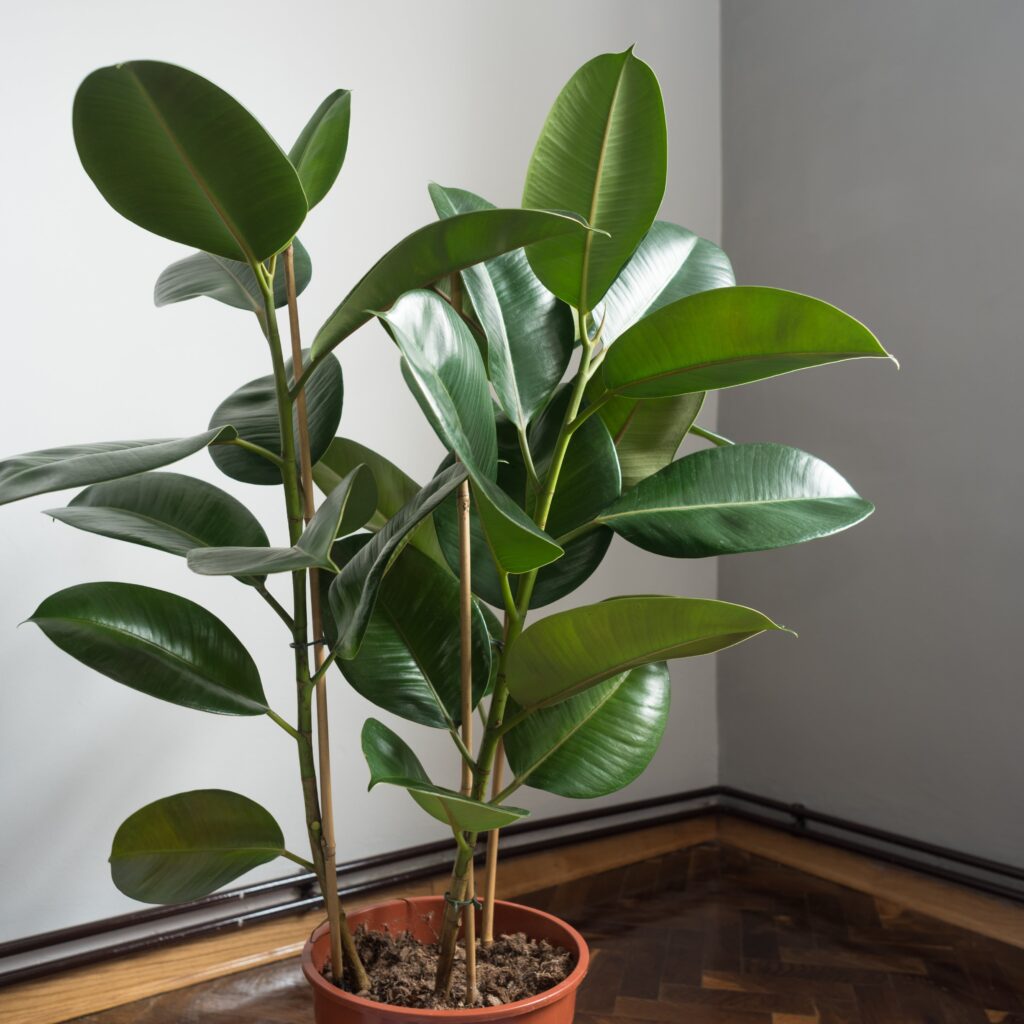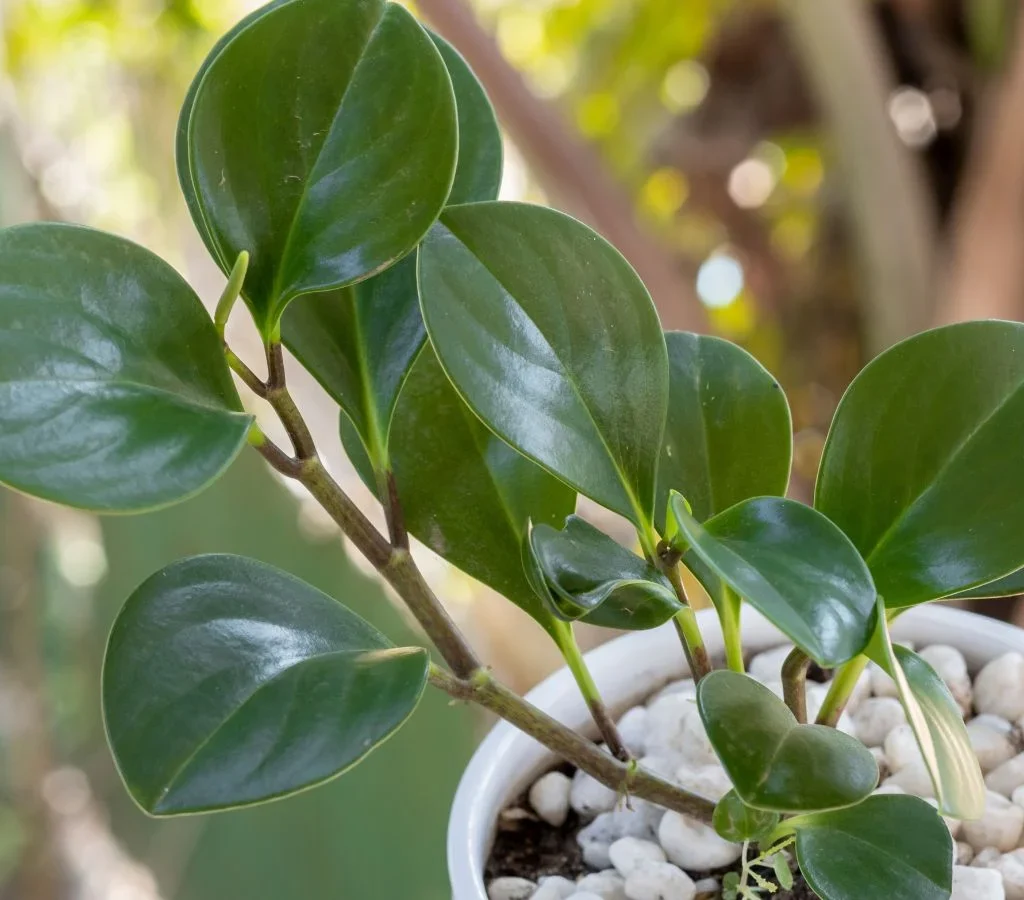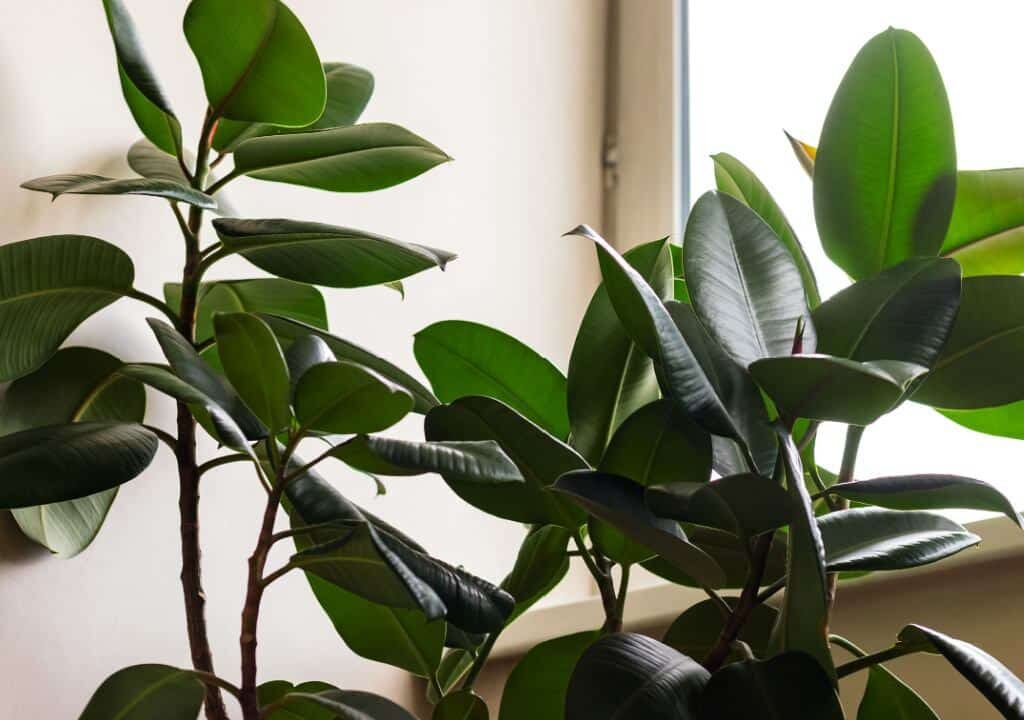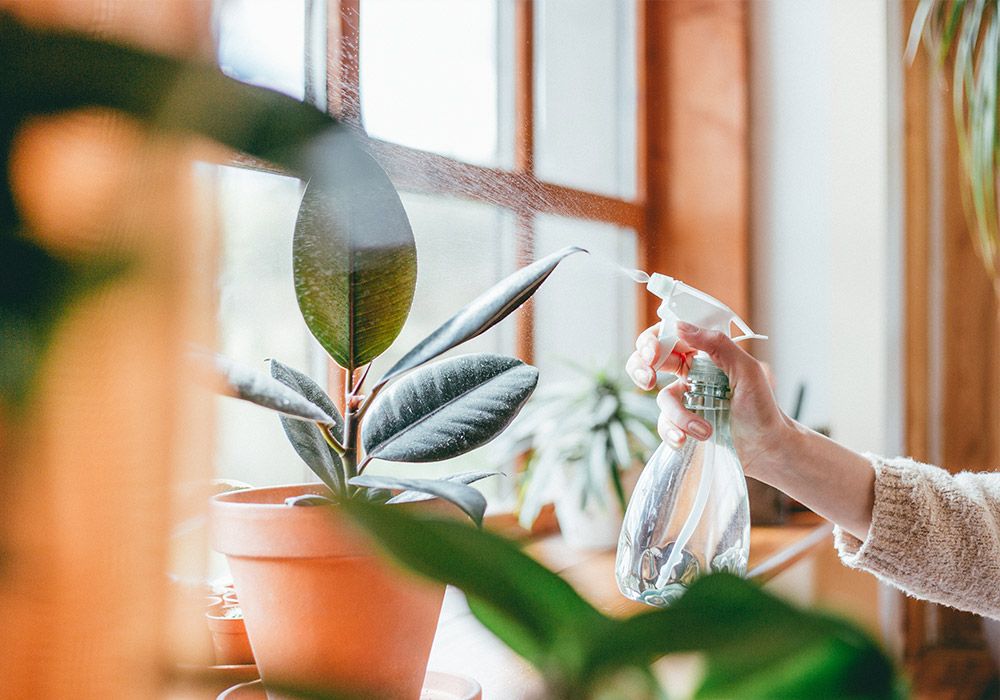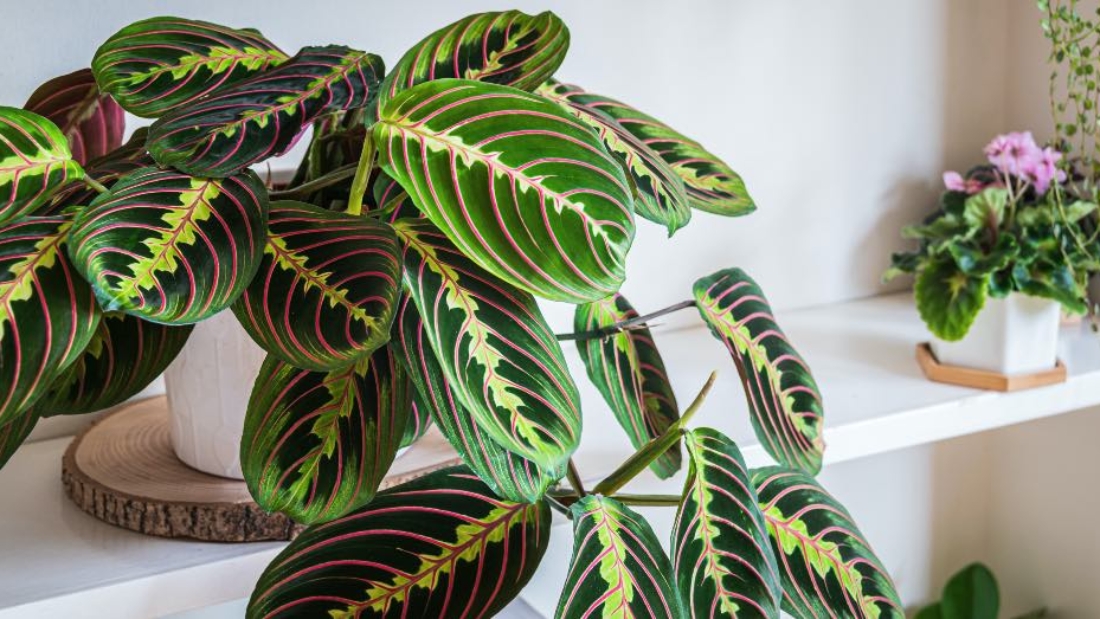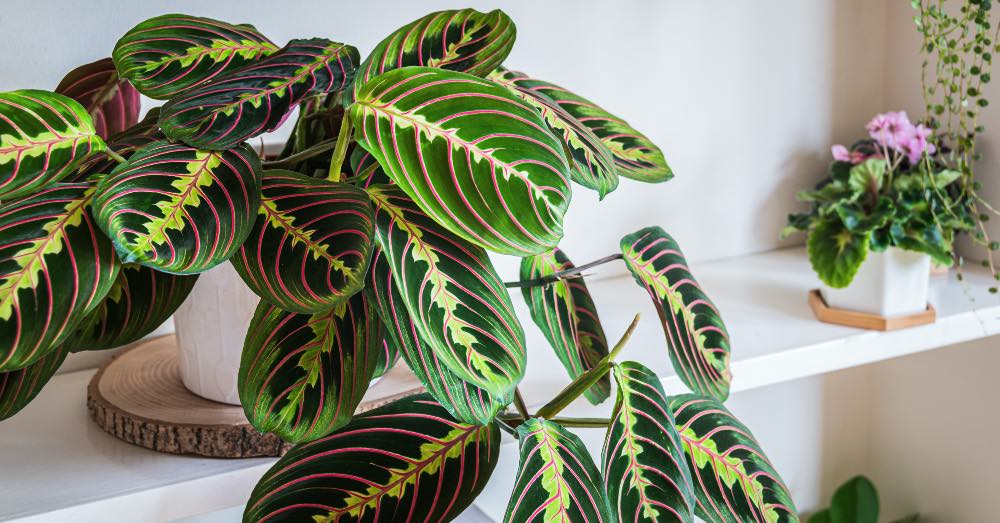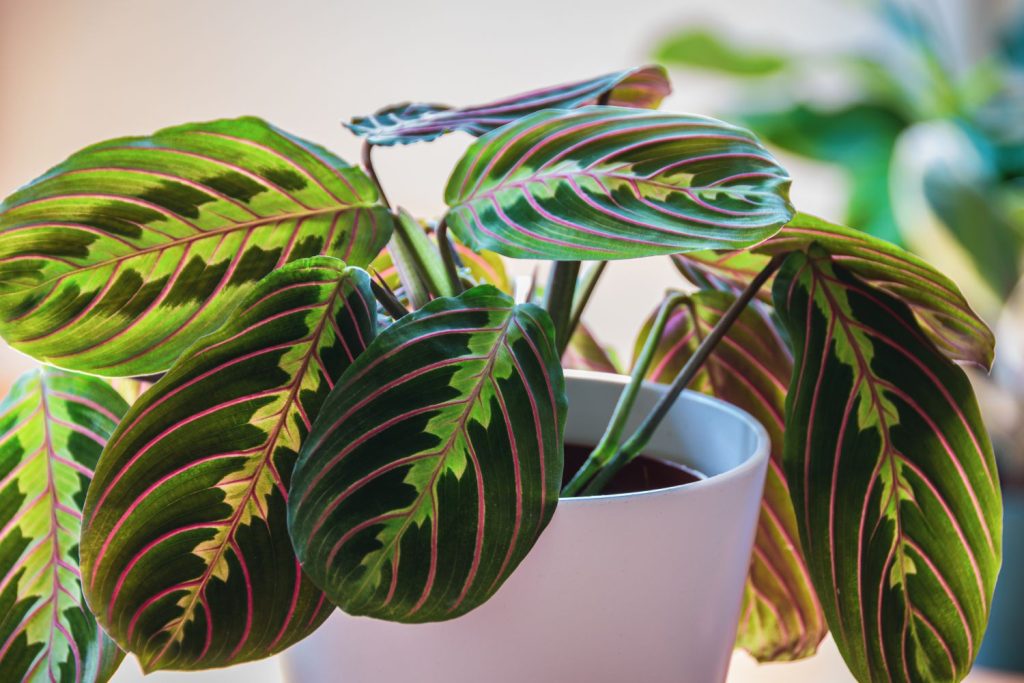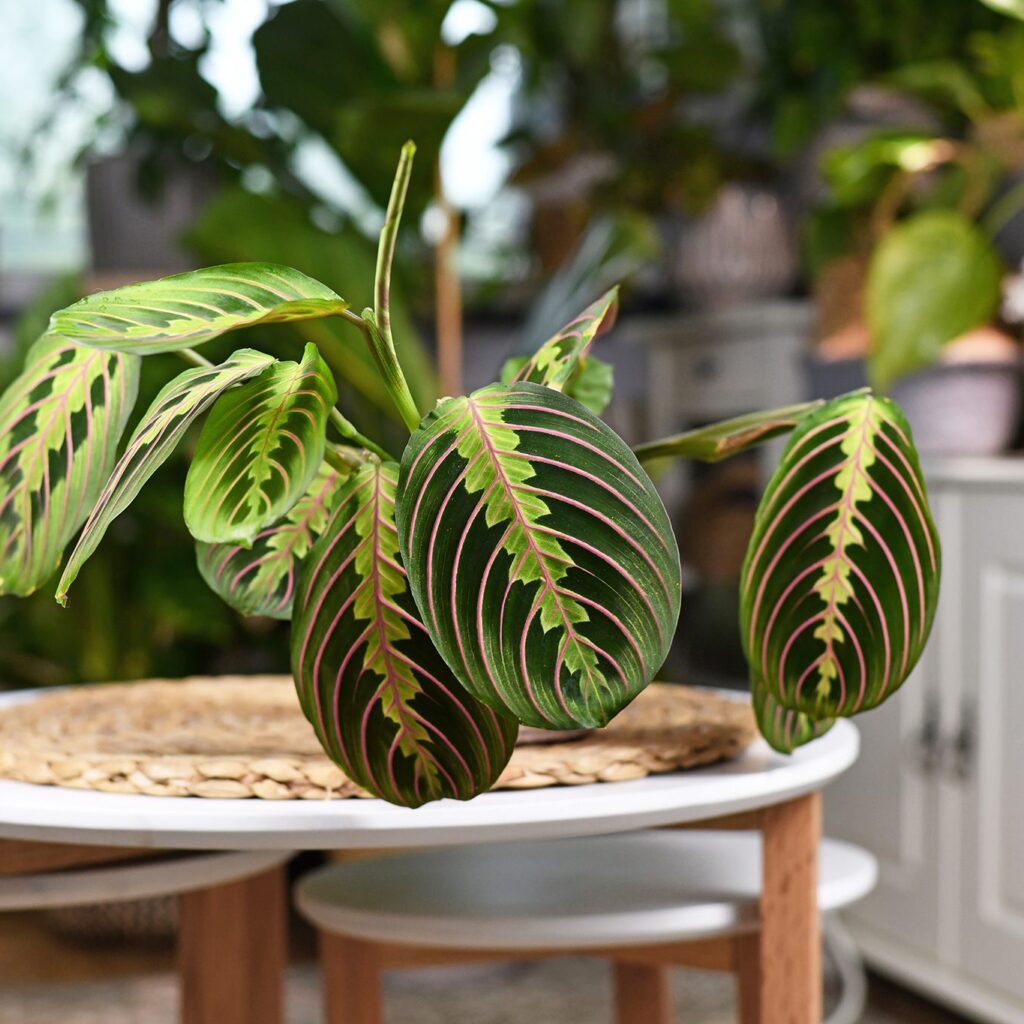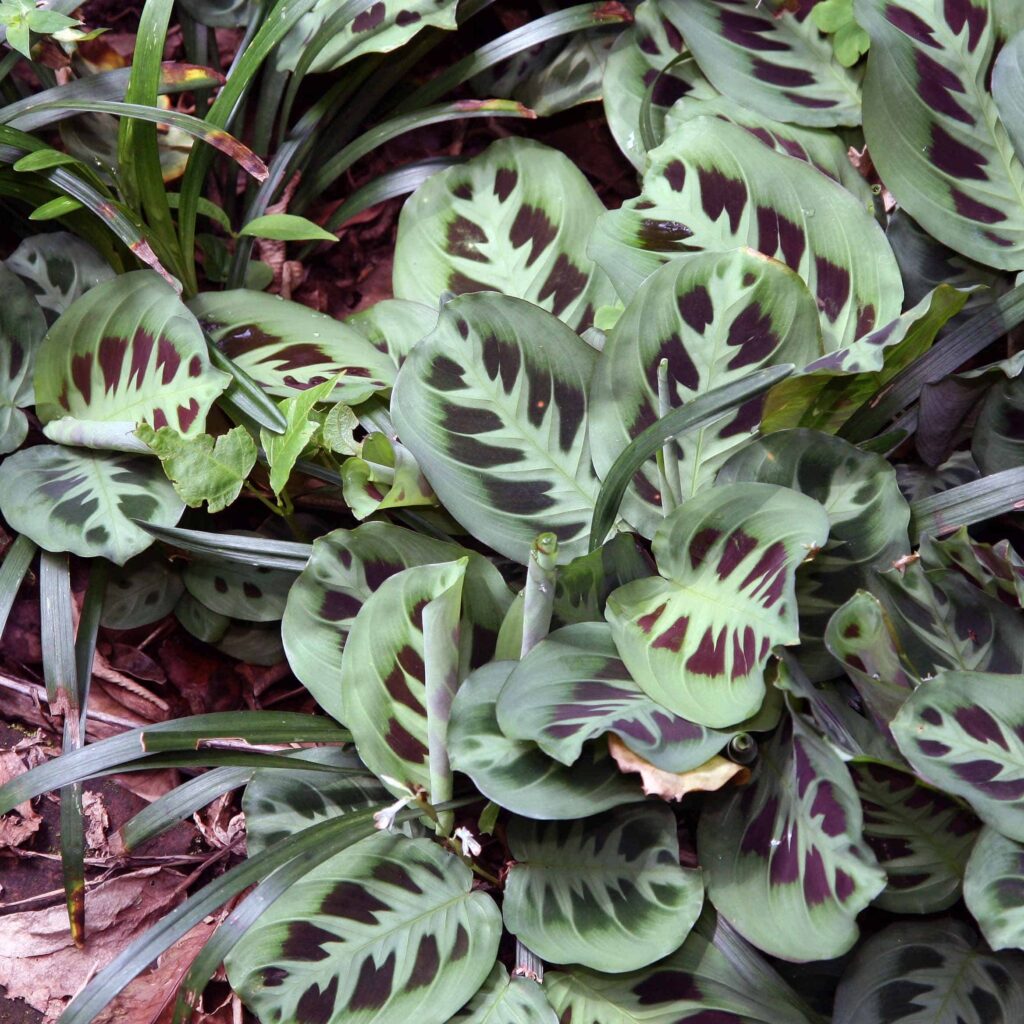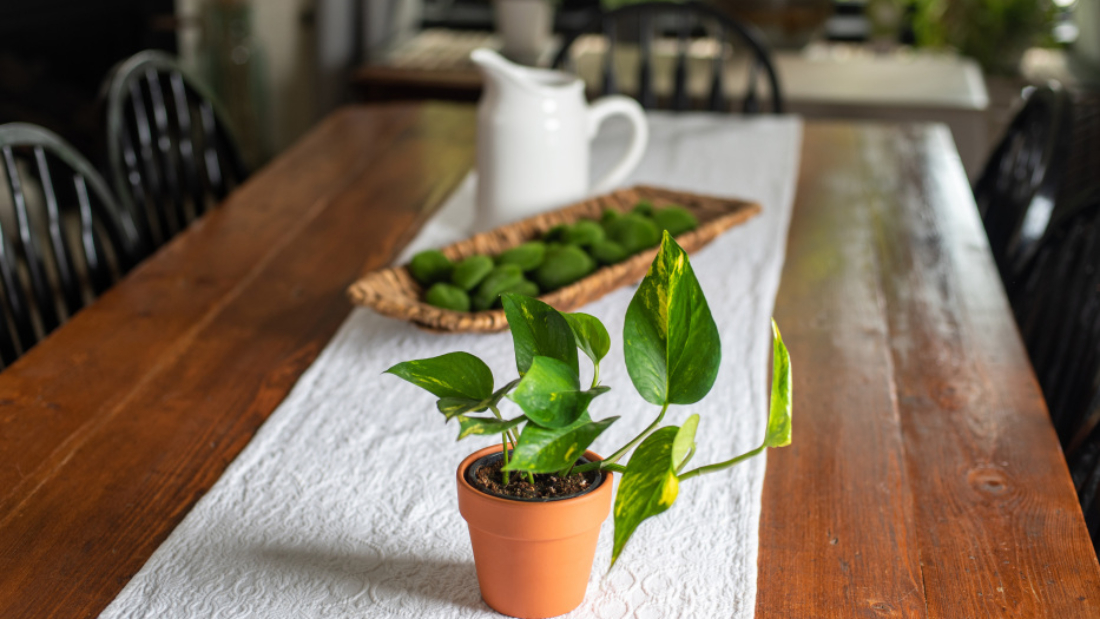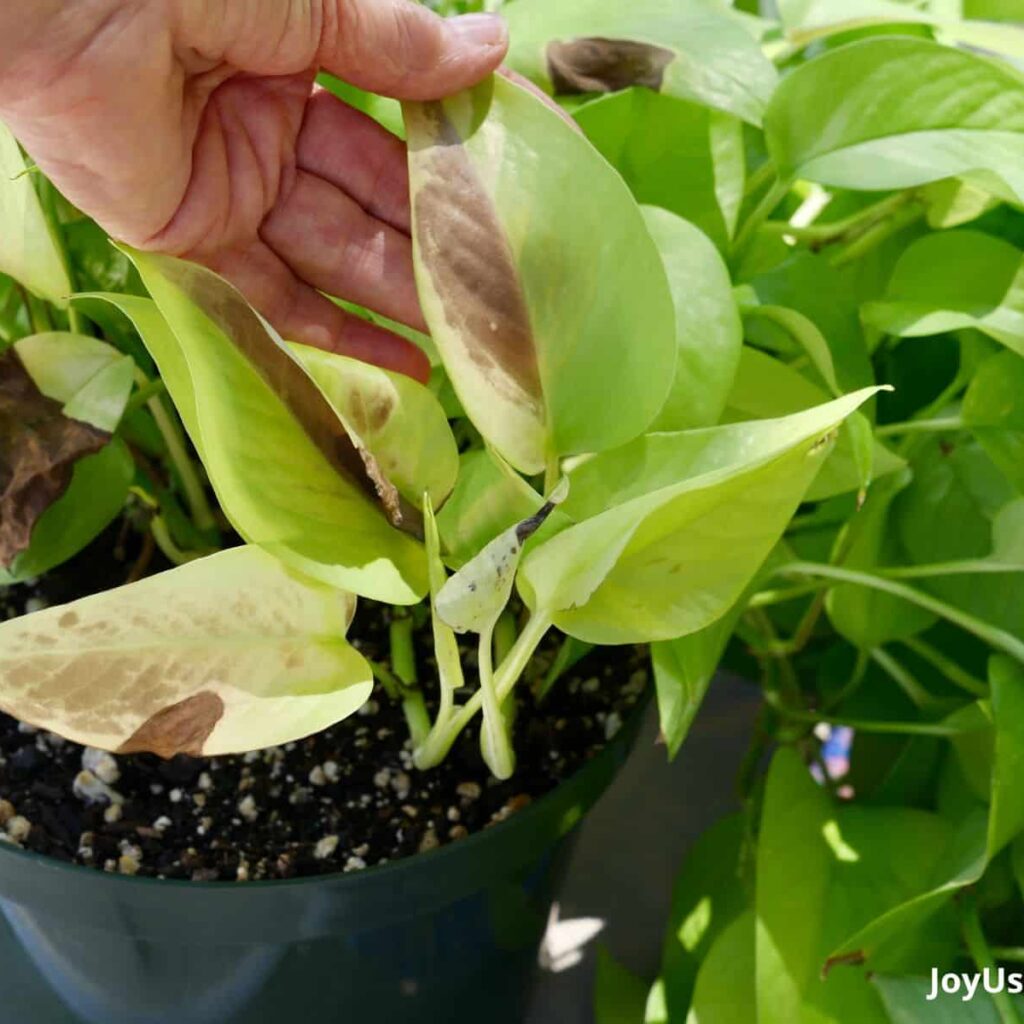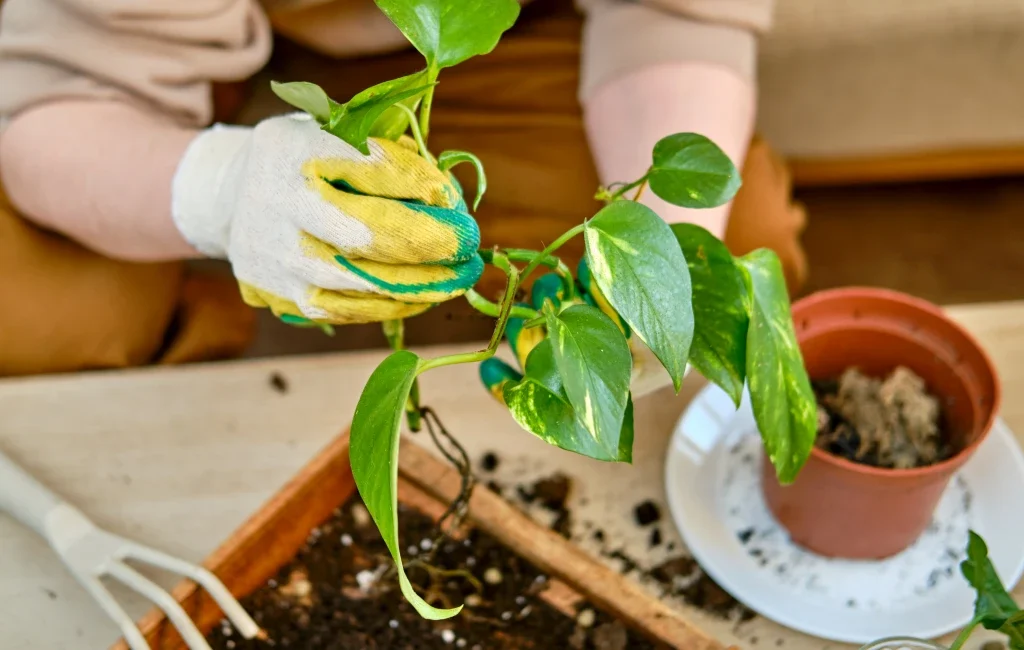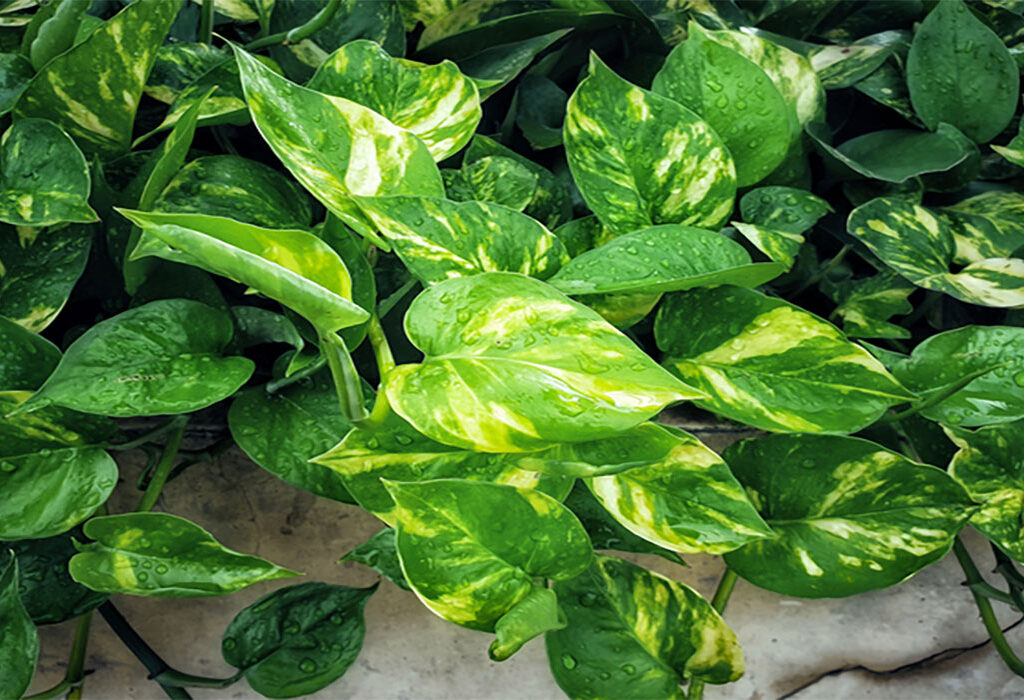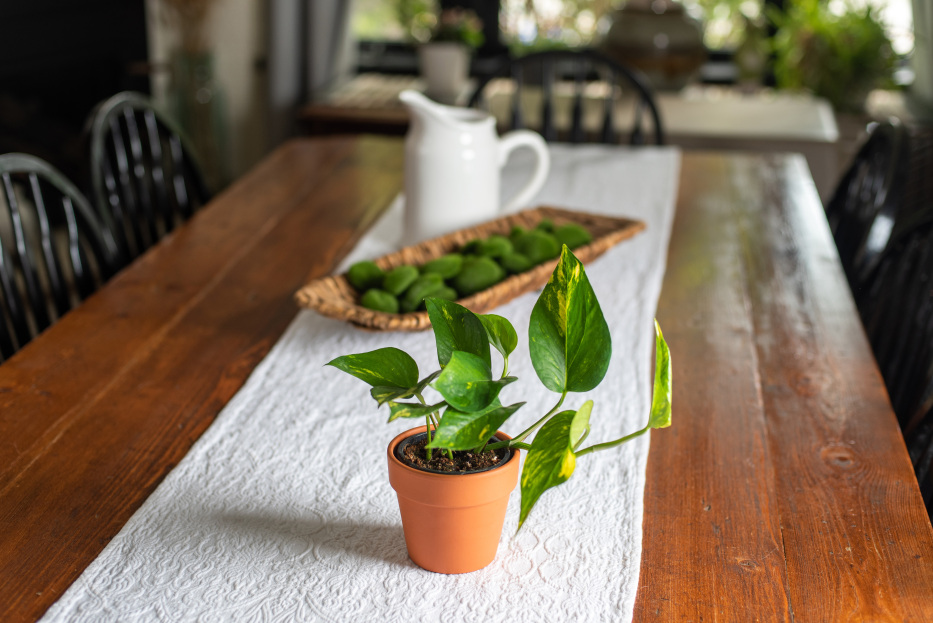Is there anything better than biting into a freshly picked, sun-ripened strawberry? Sweet, juicy, and packed with flavor, homegrown strawberries are one of the most rewarding fruits to grow in your garden, backyard, or even on a balcony. The good news is — with a little natural care and attention, you can enjoy baskets of fresh strawberries without relying on chemicals or synthetic fertilizers.
If you’ve been dreaming of growing strawberries naturally but aren’t sure where to start, this detailed guide will walk you through every step. From choosing the right variety to organic pest control and harvesting tips, here’s how to care for strawberry plants naturally and keep them thriving season after season.
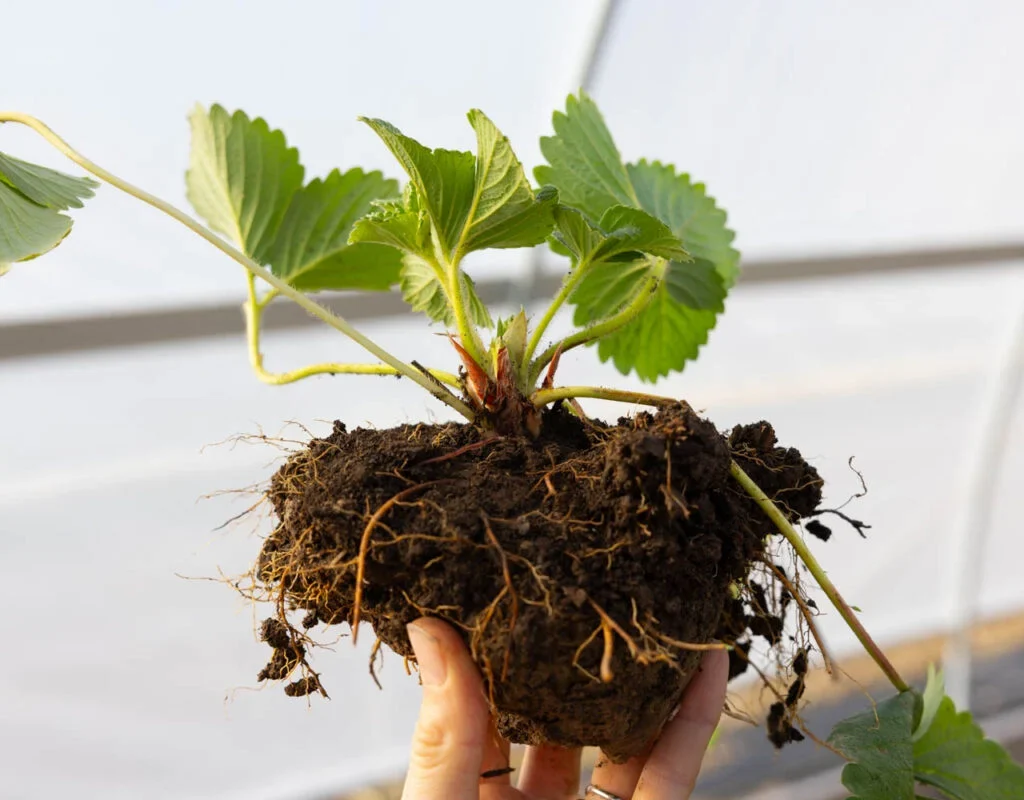
Why Grow Strawberries at Home?
Homegrown strawberries offer several benefits:
- Incredible flavor — fresher and sweeter than store-bought varieties.
- Pesticide-free harvests when grown naturally.
- Attractive plants with delicate flowers and vibrant red fruits.
- Compact size — ideal for small gardens, pots, and hanging baskets.
- Pollinator-friendly blooms that attract bees and beneficial insects.
And best of all, strawberries are relatively easy to grow if you follow a few essential care practices.
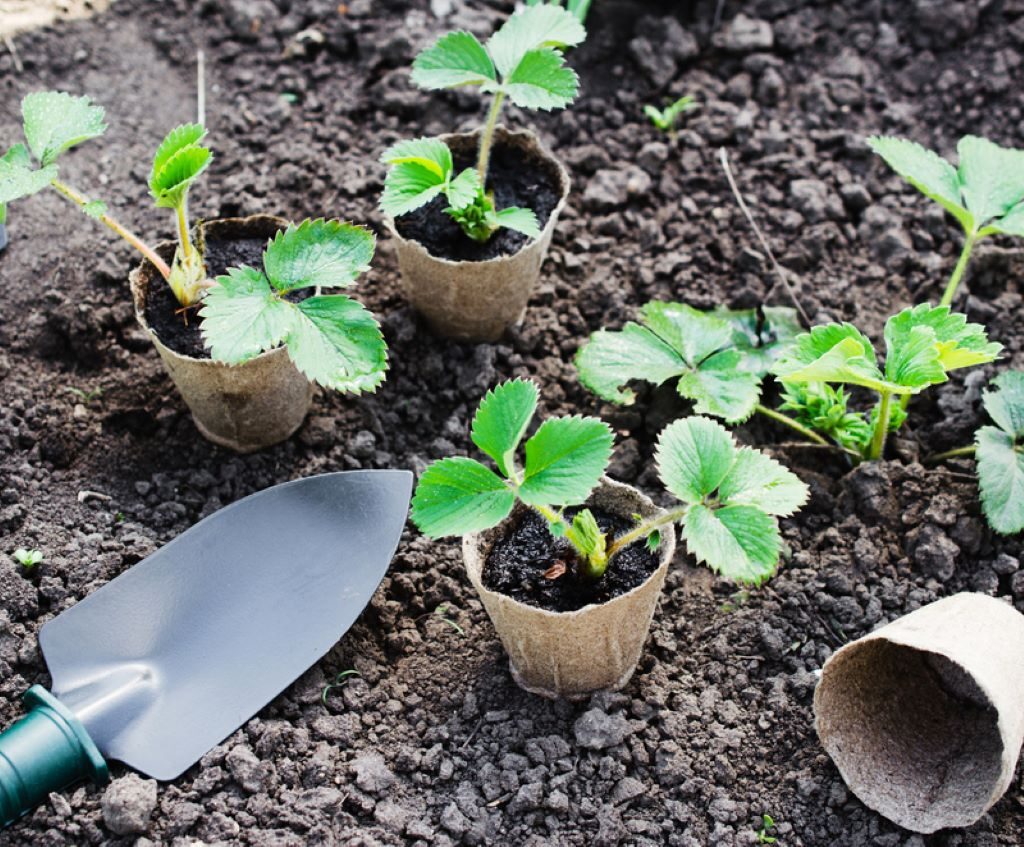
Types of Strawberries to Grow
Before planting, it’s important to know there are three main types of strawberry plants:
- June-bearing: Produce a large, single harvest in early summer.
- Ever-bearing: Yield two to three smaller harvests in spring, summer, and fall.
- Day-neutral: Produce berries continuously throughout the growing season, as long as temperatures remain between 35°F and 85°F (1°C and 29°C).
Choose the type that best suits your climate, space, and harvest preferences.
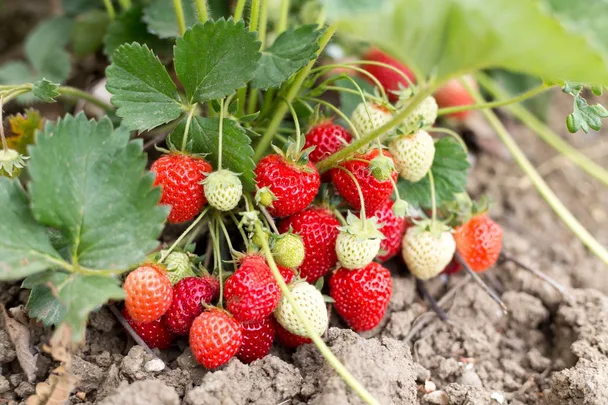
Natural Strawberry Plant Care: A Step-by-Step Guide
Choosing the Right Location
Strawberries thrive in:
- Full sun: At least 6–8 hours of direct sunlight daily.
- Well-drained, fertile soil with a slightly acidic pH of 5.5–6.8.
- A spot sheltered from strong winds, which can dry out leaves and flowers.
If growing in containers, select a pot with good drainage holes and use a light, organic potting mix.
Preparing the Soil Organically
Healthy, nutrient-rich soil is the foundation for productive strawberry plants:
- Loosen the soil to a depth of 12–15 inches.
- Mix in compost, well-rotted manure, or leaf mold to improve fertility.
- Avoid chemical fertilizers — organic amendments like bone meal, kelp meal, or wood ash add natural minerals.
- Strawberries dislike soggy roots, so amend heavy soils with coarse sand or perlite to improve drainage.
Tip: Rotate strawberry beds every 3–4 years to prevent soil-borne diseases.
Planting Strawberries the Natural Way
When planting:
- Space plants 12–18 inches apart with rows 2–3 feet apart.
- Ensure the crown (where the leaves meet the roots) sits at soil level — too deep can rot the crown, too shallow can dry it out.
- Water thoroughly after planting to settle the soil around the roots.
For containers or hanging baskets:
- Choose ever-bearing or day-neutral varieties.
- Use organic potting soil mixed with compost.
- Water consistently, as containers dry out faster than garden beds.
Watering Strawberries Properly
Strawberries need consistent moisture, especially when setting fruit:
- Keep soil evenly moist but not soggy.
- Water deeply once or twice a week, more often during dry spells.
- Avoid overhead watering — it can promote fungal diseases. Use drip irrigation or water at the base of the plants.
Tip: Mulching helps retain moisture and reduces water evaporation.
Natural Mulching for Healthier Plants
Mulching is one of the best natural care practices for strawberries:
- Use organic mulch like straw, shredded leaves, pine needles, or grass clippings.
- Apply a 2–3 inch layer around the base of plants, avoiding direct contact with the crown.
- Mulch conserves moisture, suppresses weeds, keeps berries clean, and regulates soil temperature.
In winter, mulch also insulates strawberry plants from freezing temperatures.
Natural Fertilizing Tips
Feed strawberry plants naturally with:
- Compost or aged manure in early spring and after each harvest.
- Comfrey or seaweed tea as a liquid fertilizer to boost fruiting.
- Avoid chemical fertilizers, which can damage beneficial soil life and harm pollinators.
Tip: Use organic slow-release pellets or side-dress plants with compost mid-season for extra nutrients.
Natural Pest Control for Strawberries
Common strawberry pests include:
- Aphids
- Slugs and snails
- Spider mites
- Birds
Natural solutions:
- Hand-pick slugs and snails in the evening.
- Use a homemade garlic or neem oil spray for aphids.
- Encourage natural predators like ladybugs and lacewings.
- Install bird netting or use shiny objects (like old CDs) to deter birds.
Avoid chemical pesticides — they harm bees and beneficial insects vital for pollination.
Preventing Strawberry Plant Diseases Naturally
Strawberries can be prone to diseases like powdery mildew, botrytis (gray mold), and root rot.
Natural prevention tips:
- Space plants properly to ensure good airflow.
- Water at the base to keep foliage dry.
- Remove and compost any diseased leaves or berries promptly.
- Rotate strawberry beds and avoid replanting in the same spot for 3–4 years.
- Sprinkle plants with a natural baking soda spray (1 tsp baking soda in 1 quart of water) to deter fungal infections.
Pruning and Maintenance
Regular pruning keeps plants healthy and productive:
- Trim off old leaves and runners after the final harvest.
- Remove damaged or diseased foliage during the growing season.
- Limit the number of runners (baby plants) if you want to focus energy on fruit production.
- If expanding your patch, allow runners to root and establish in nearby soil.
Harvesting Homegrown Strawberries
Pick strawberries when:
- They’re fully red and firm.
- Leave the green cap (calyx) attached when harvesting to prolong freshness.
Harvest in the morning when berries are coolest and sweetest.
Tip: Check plants daily during peak season — ripe berries don’t last long on the plant.

Winter Care for Strawberry Plants
In colder regions:
- After the final fall harvest, trim back old leaves and runners.
- Apply a thick layer of straw mulch or pine needles over the plants.
- In spring, remove the mulch gradually as temperatures warm.
For container-grown strawberries:
- Move pots to a sheltered, frost-free area or insulate them with fleece or straw.
Final Thoughts
Caring for strawberry plants naturally is a simple and satisfying way to enjoy fresh, organic berries from your own garden. By using organic soil amendments, natural pest control methods, and thoughtful watering and pruning practices, you can grow healthy, vibrant plants that reward you with an abundance of sweet fruit season after season.
Not only will your strawberries taste better than store-bought varieties, but you’ll also create a safe, chemical-free environment for bees, birds, and other beneficial creatures in your garden.
So grab your gardening gloves, gather some compost, and let the natural strawberry-growing adventure begin — your taste buds will thank you!


